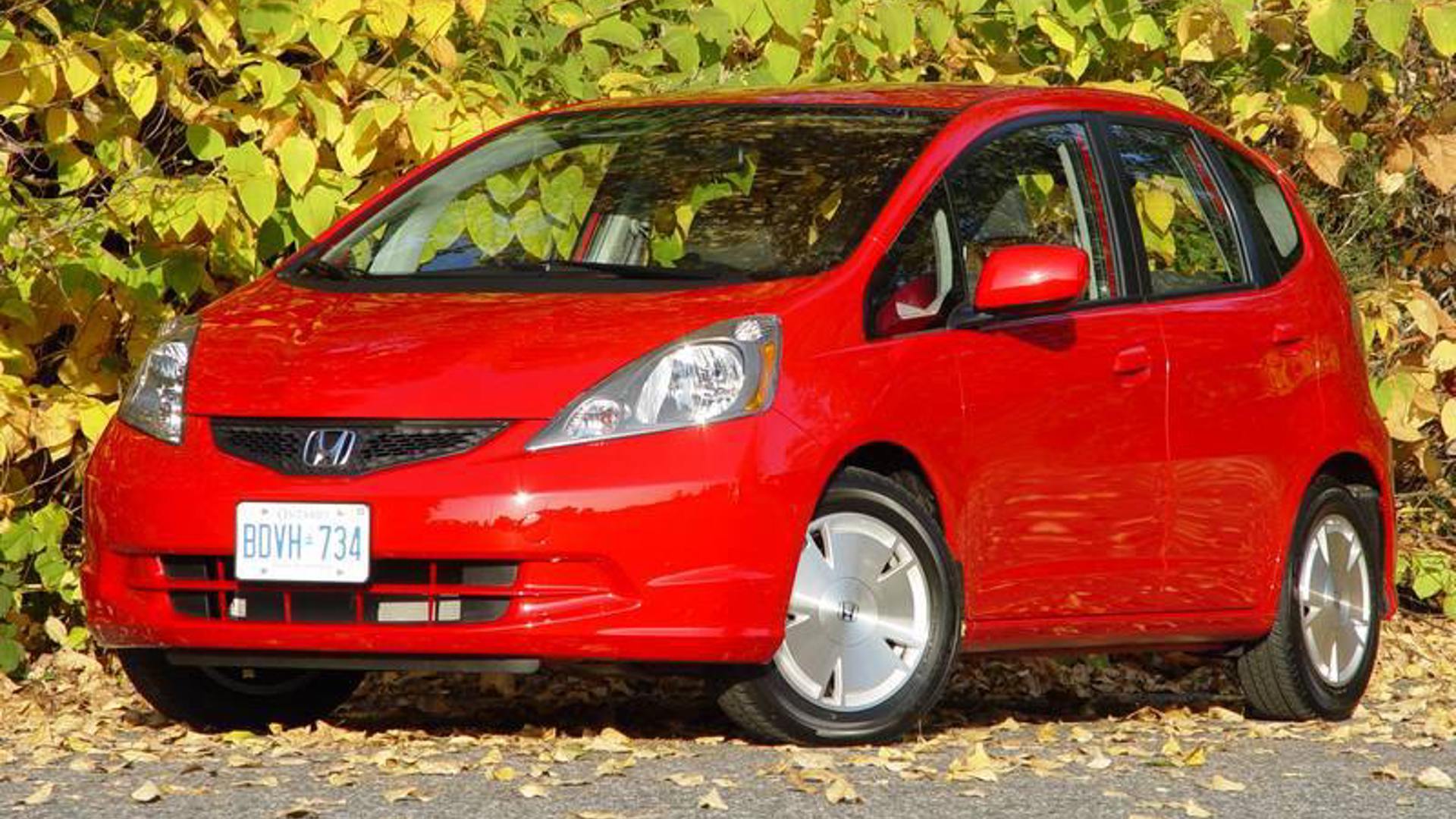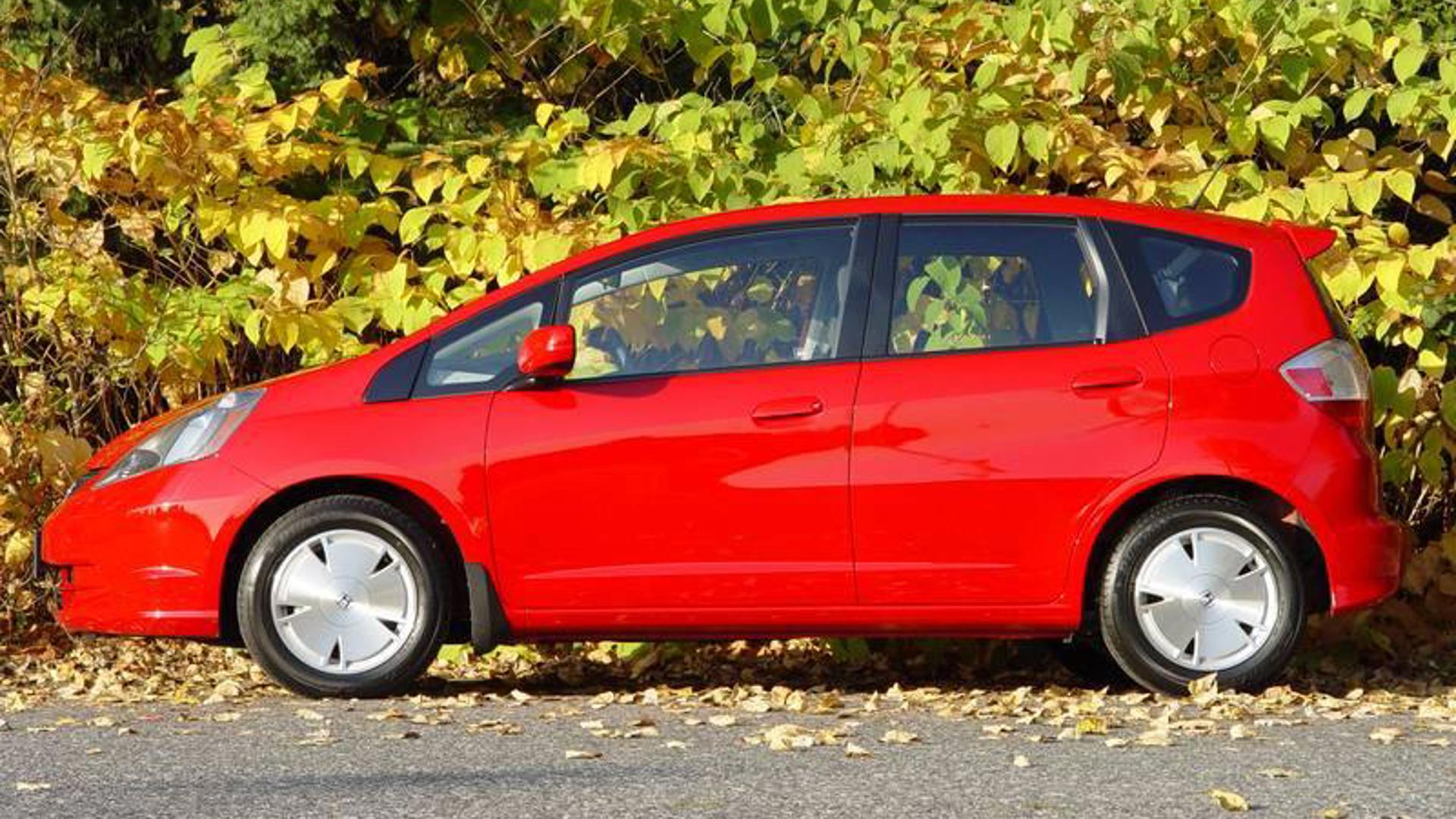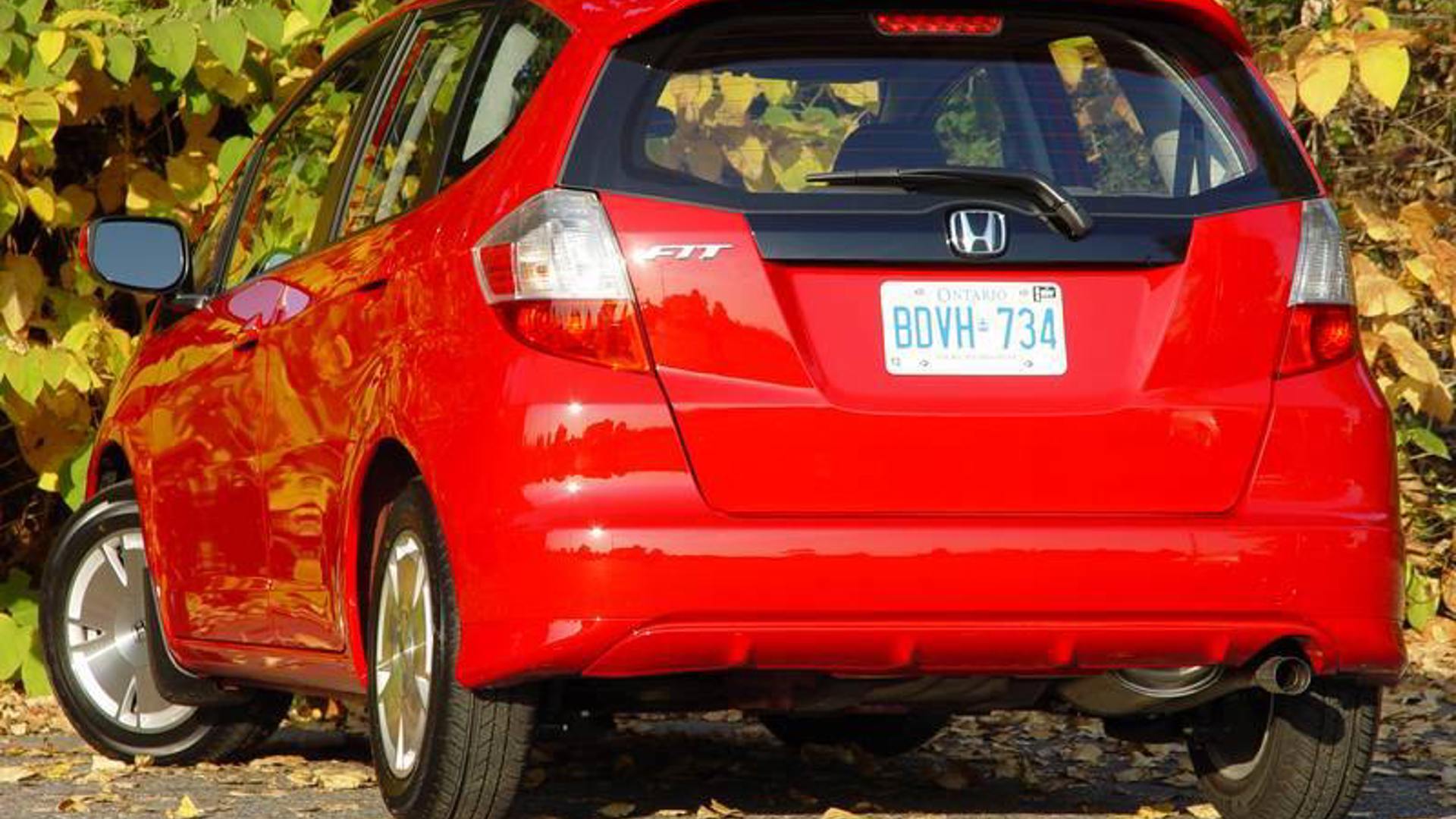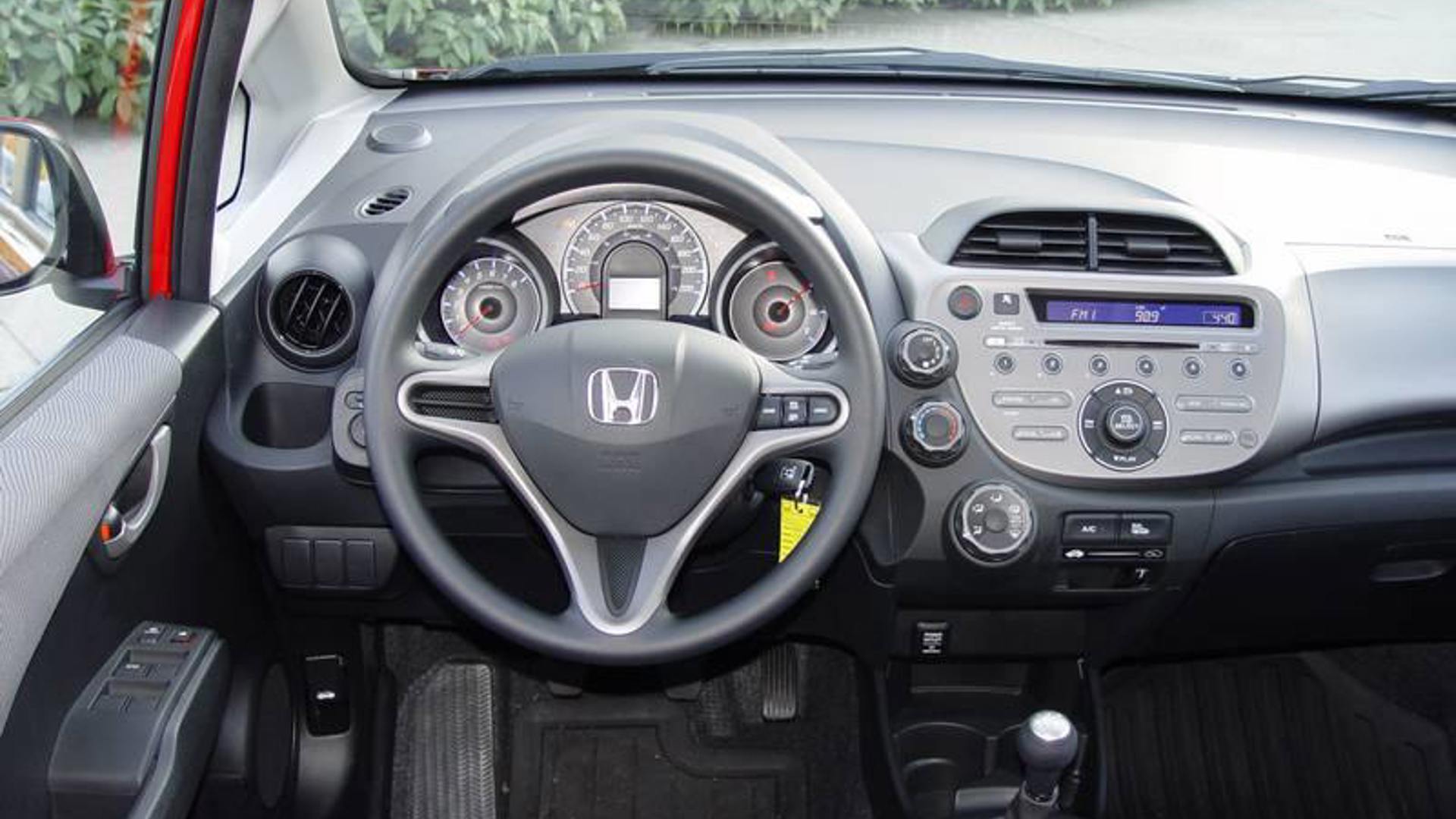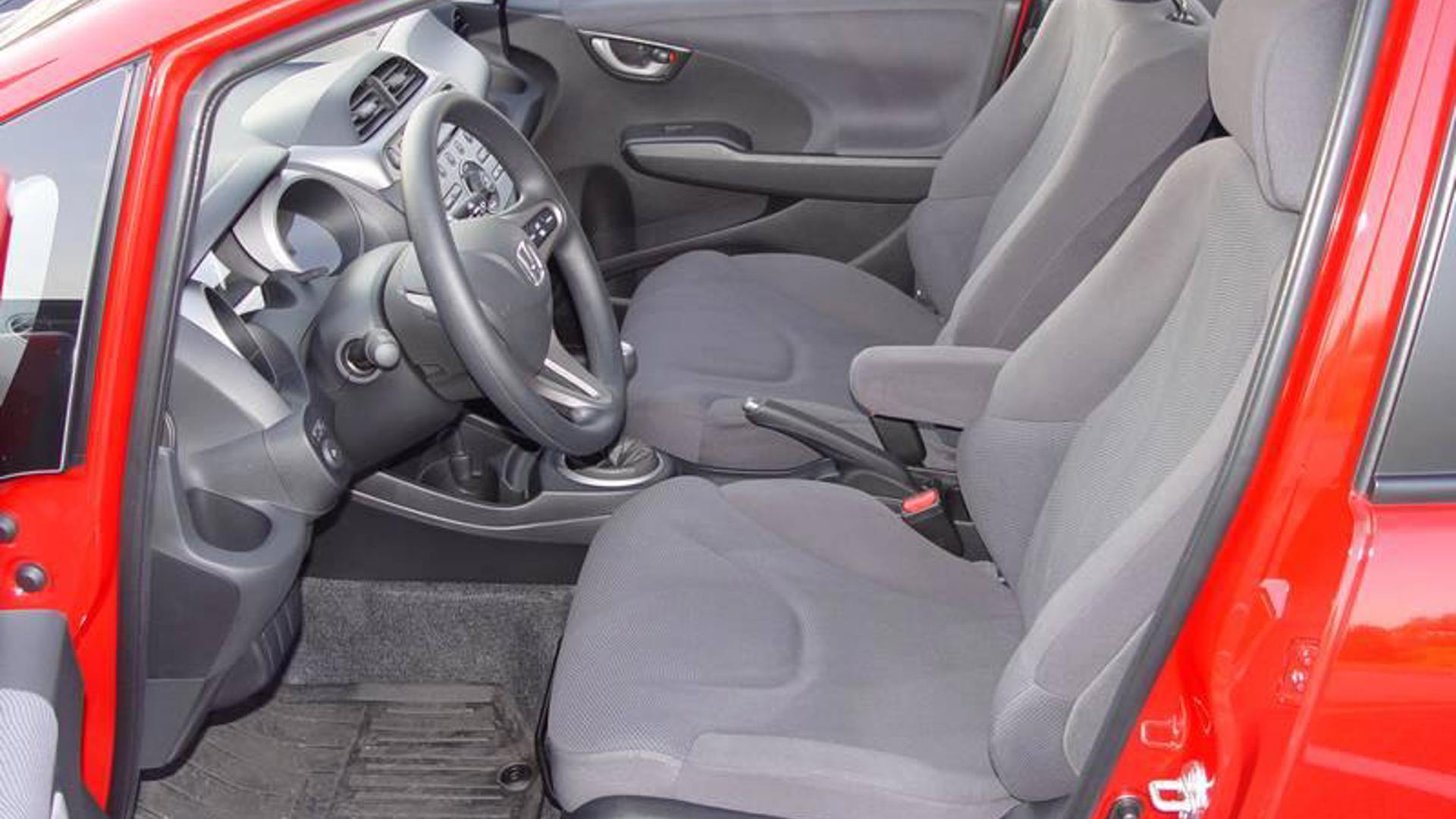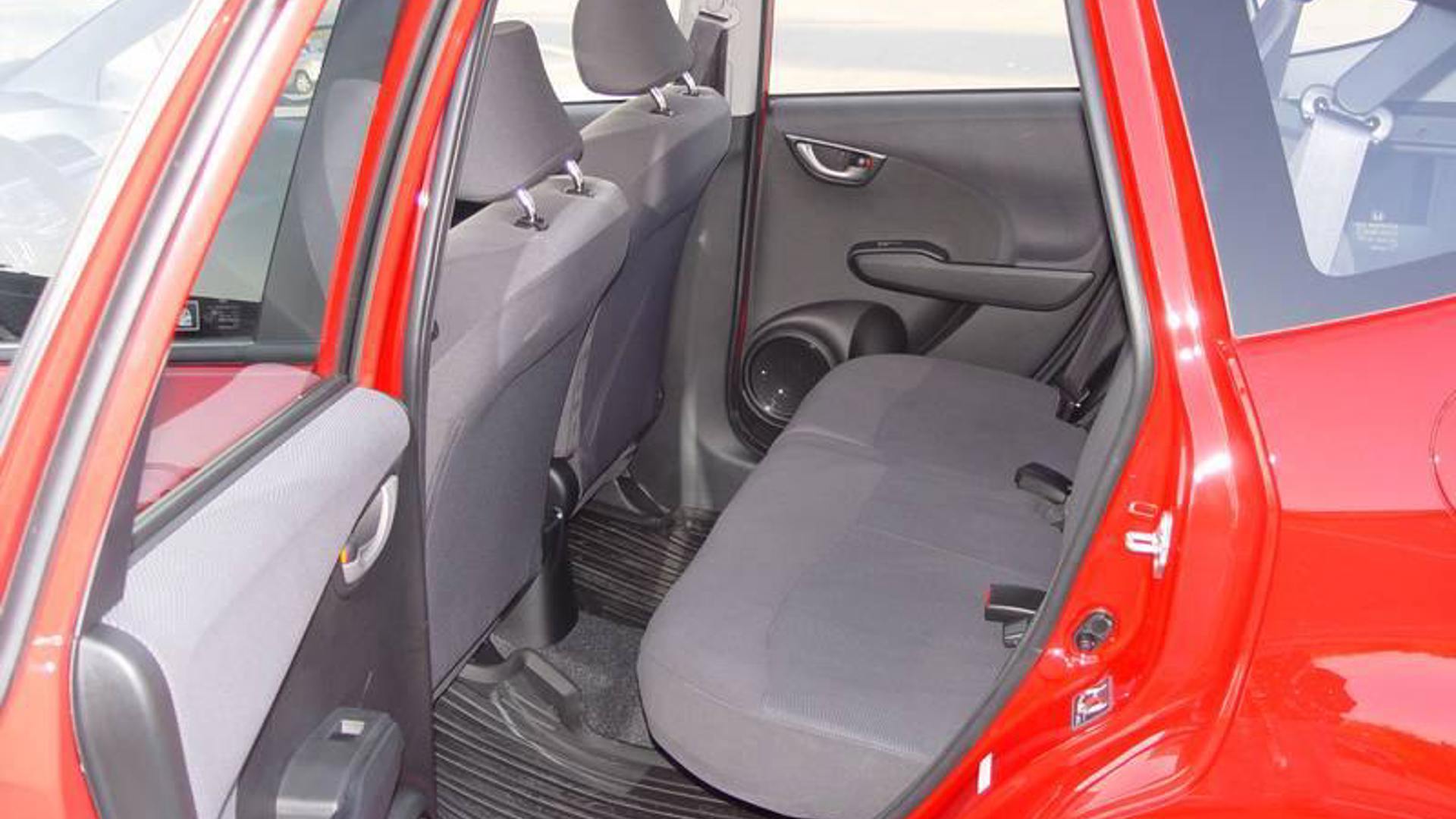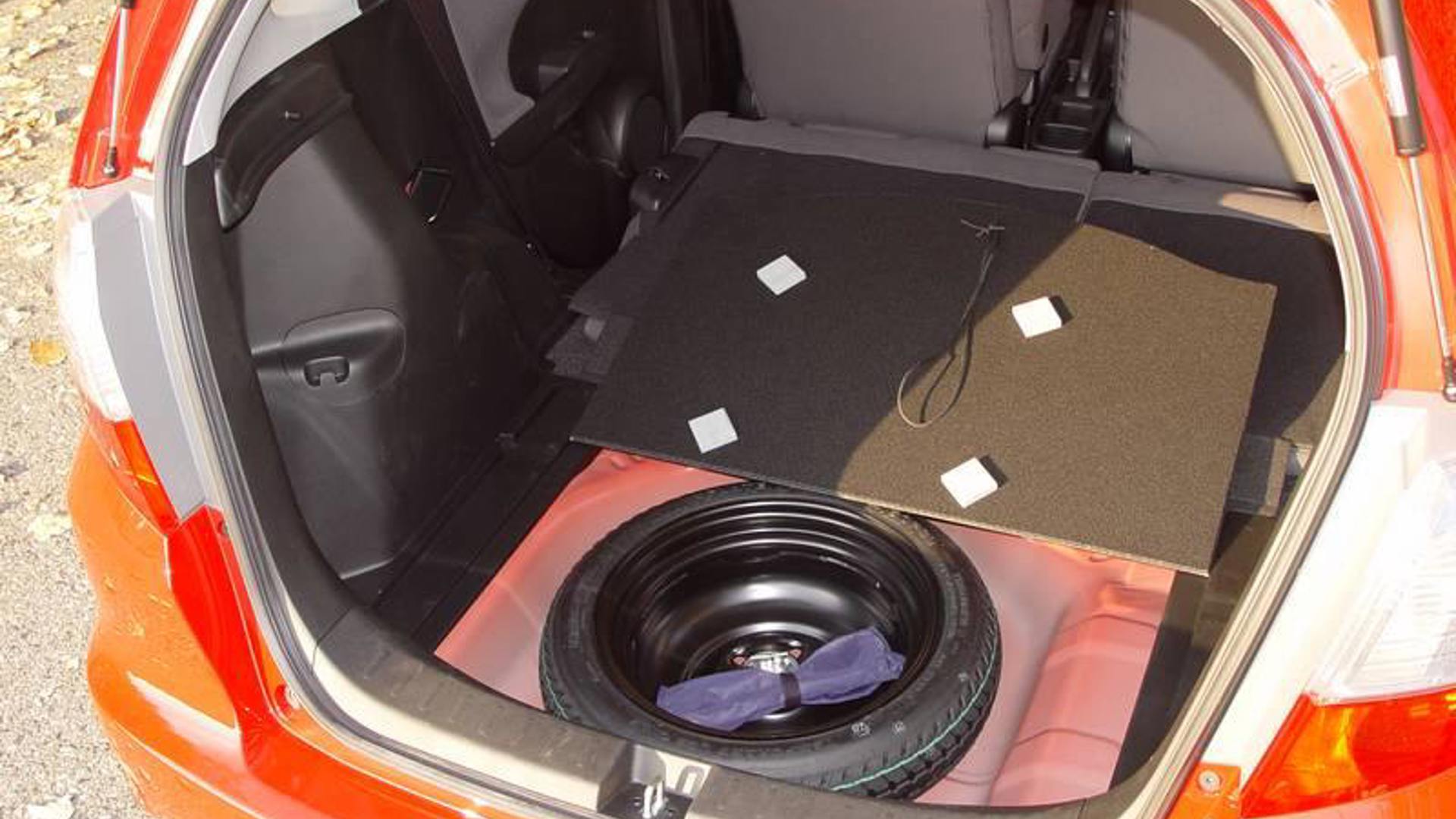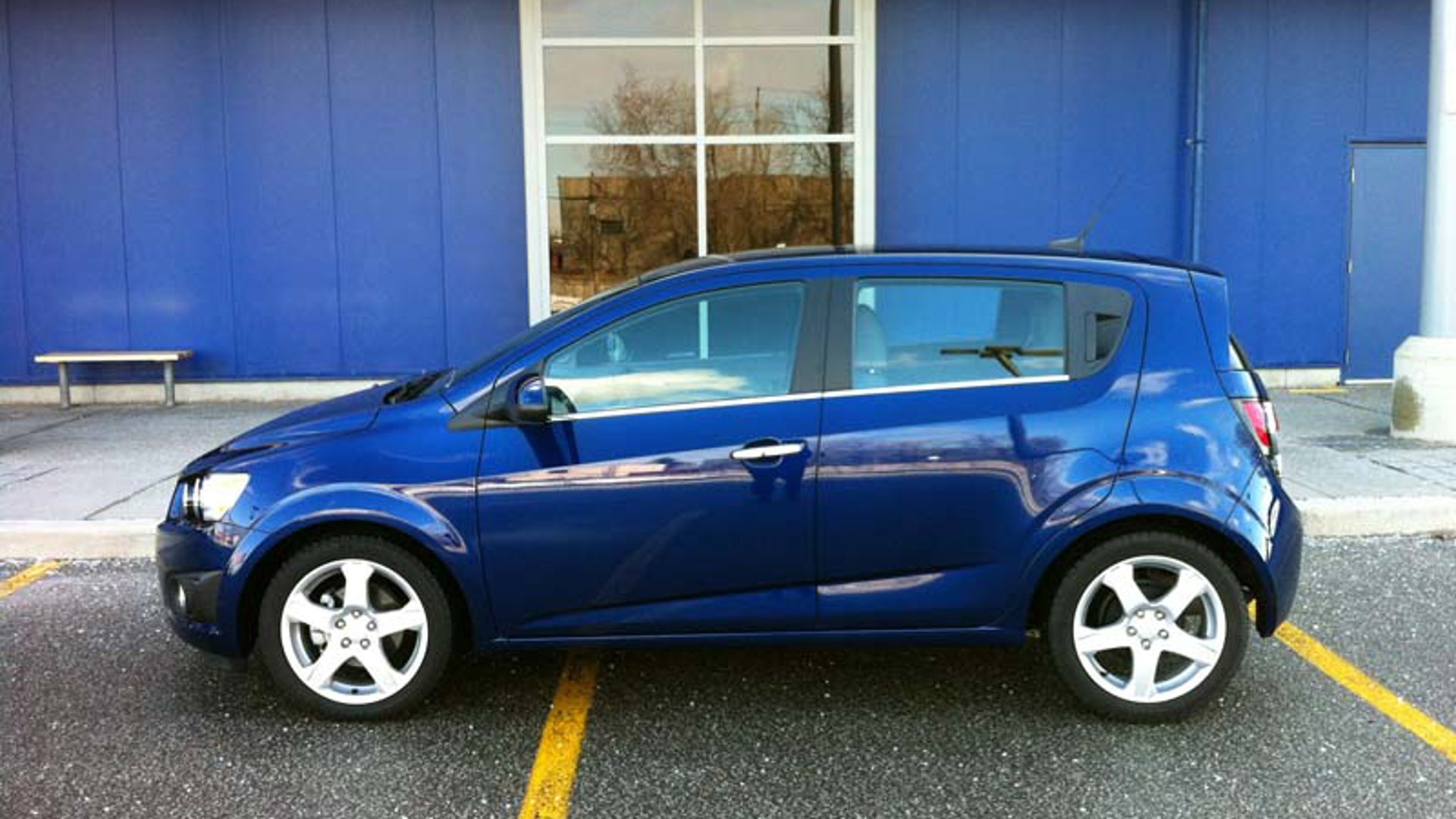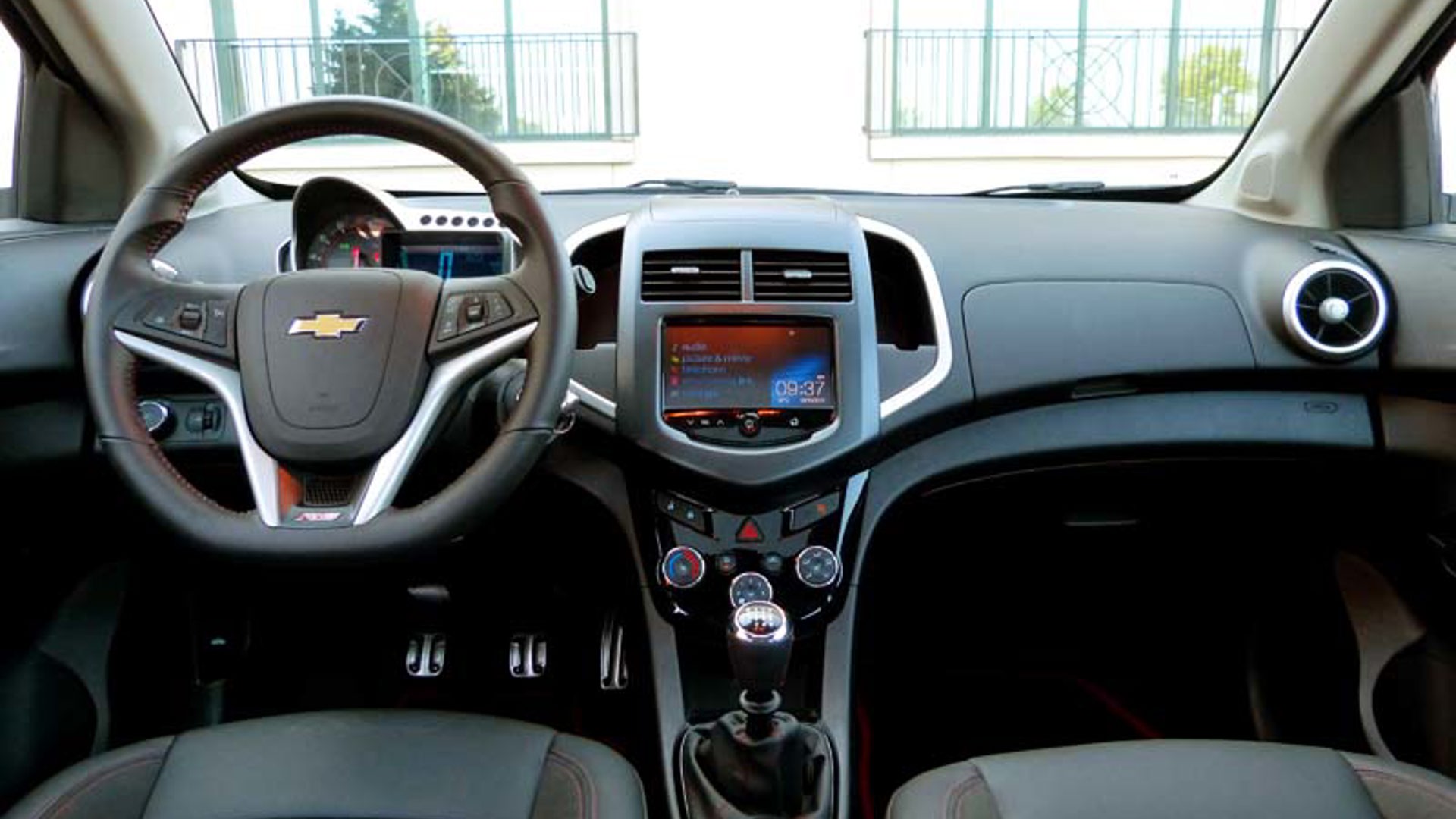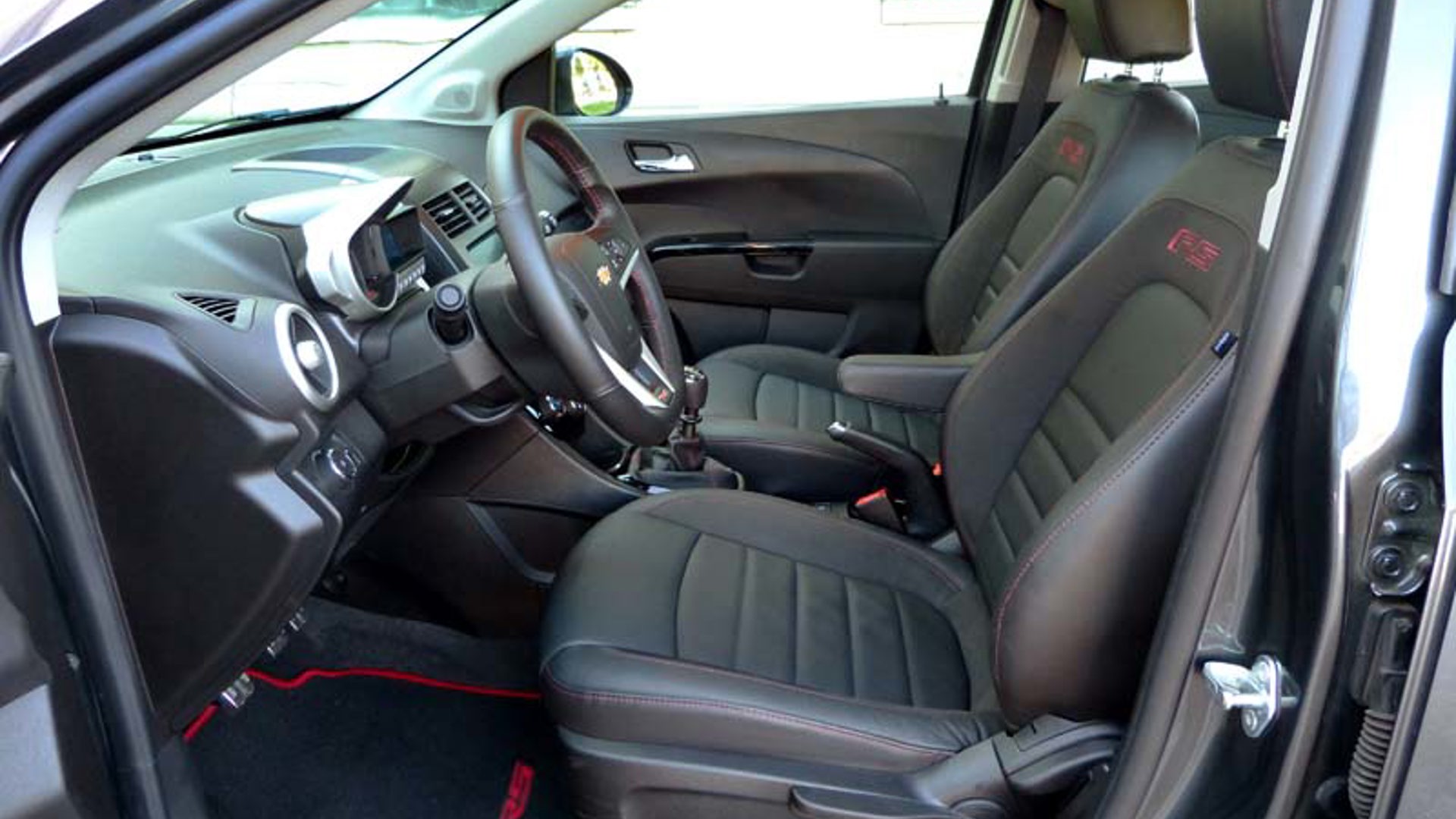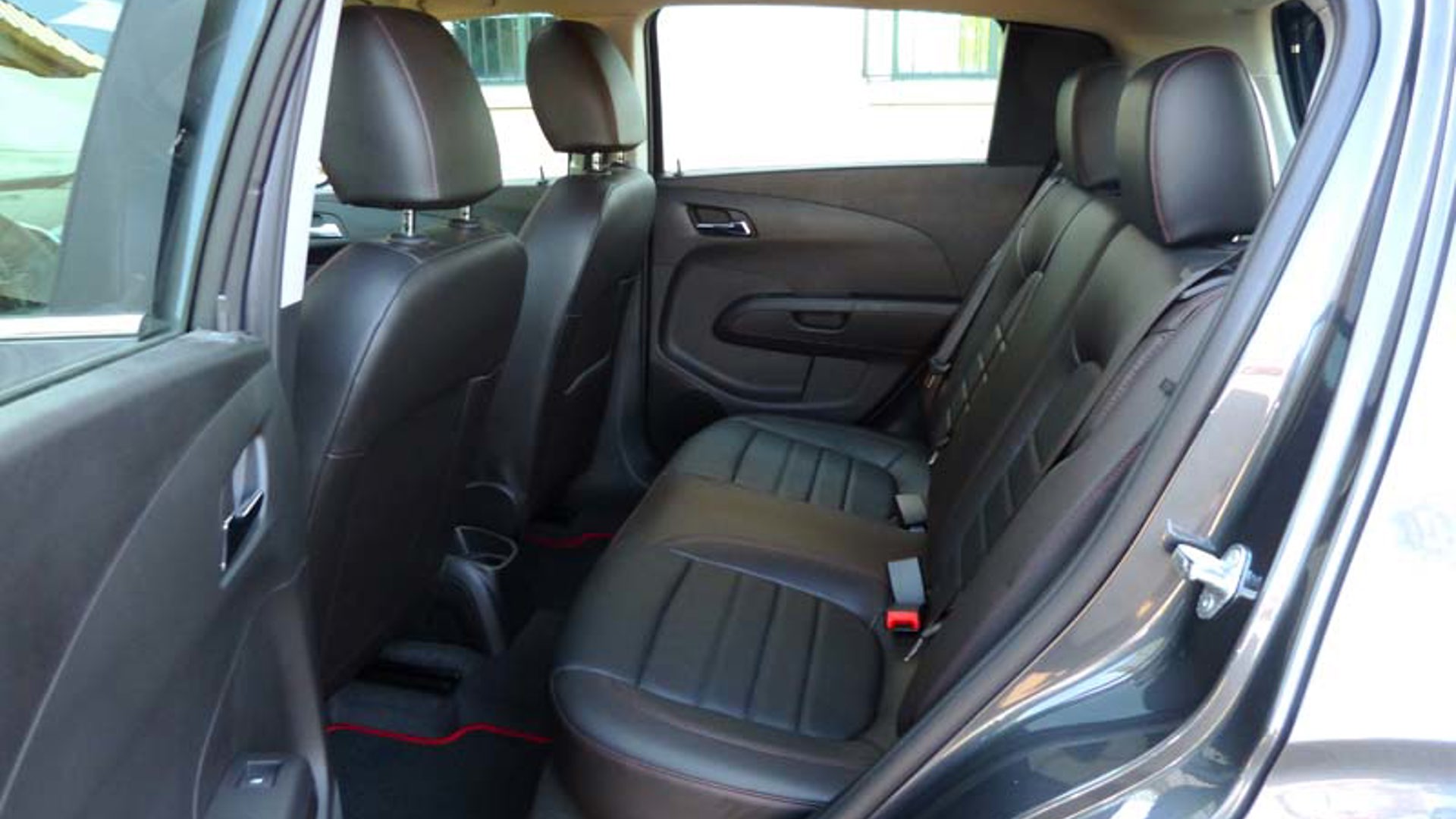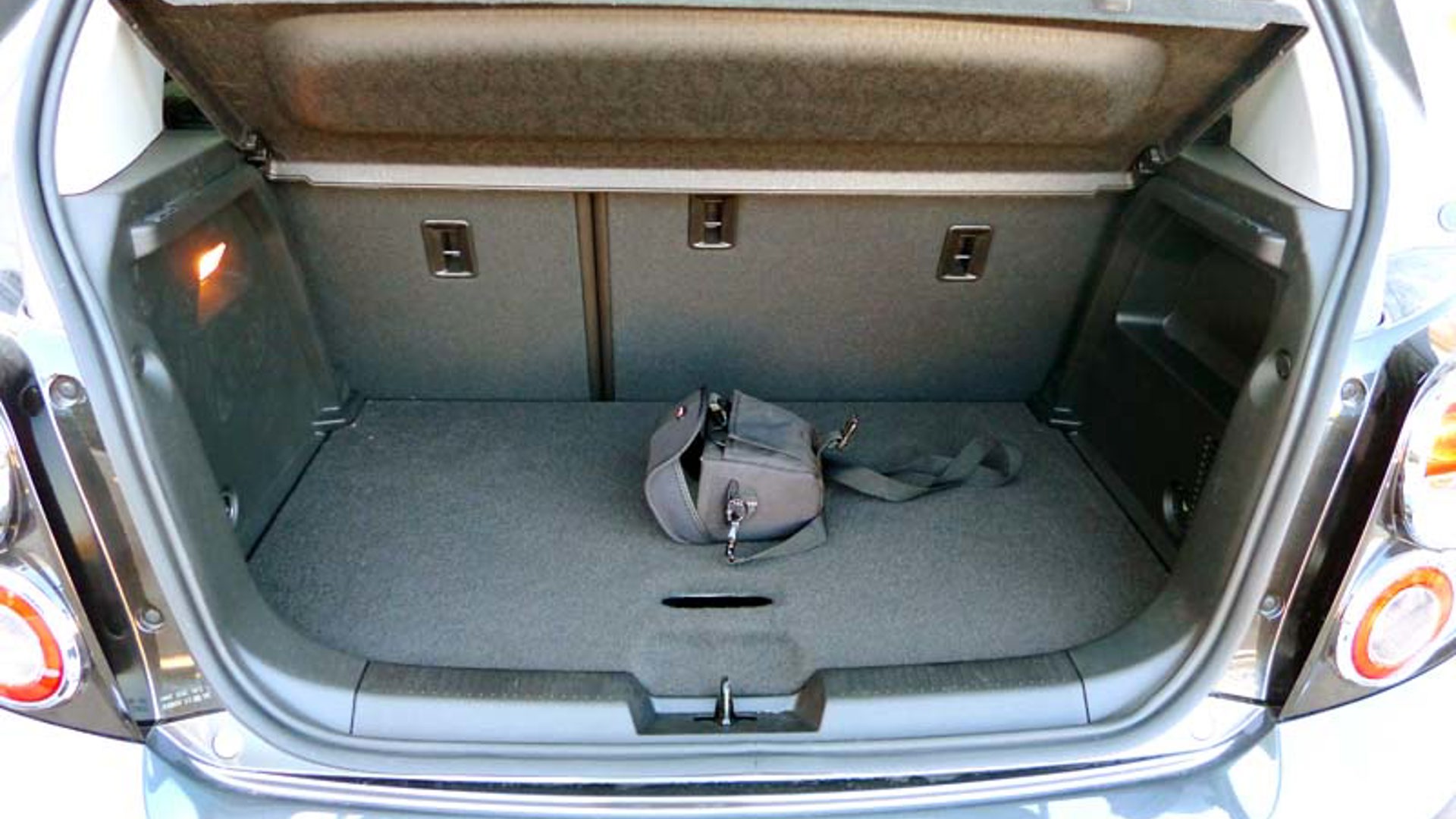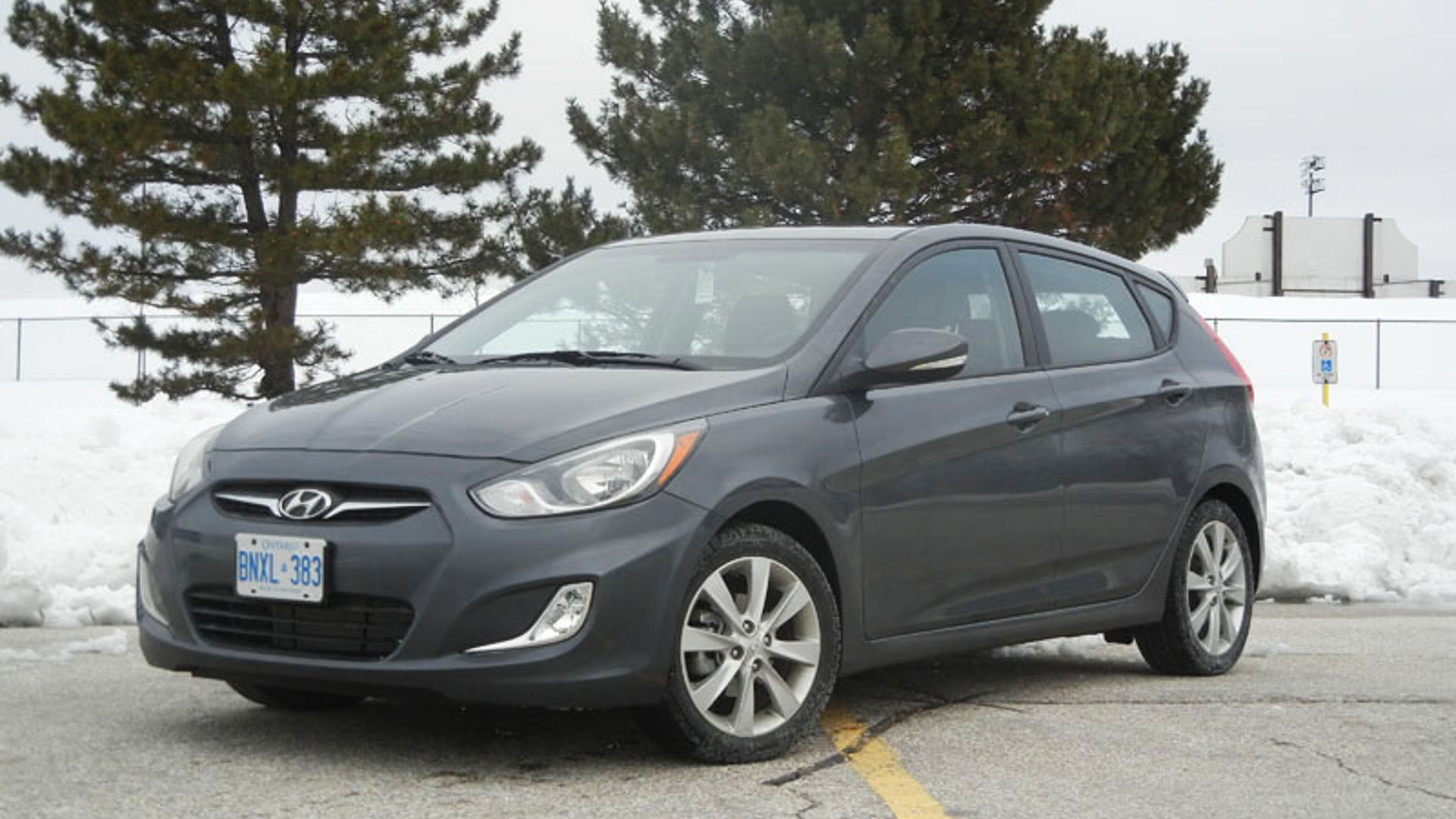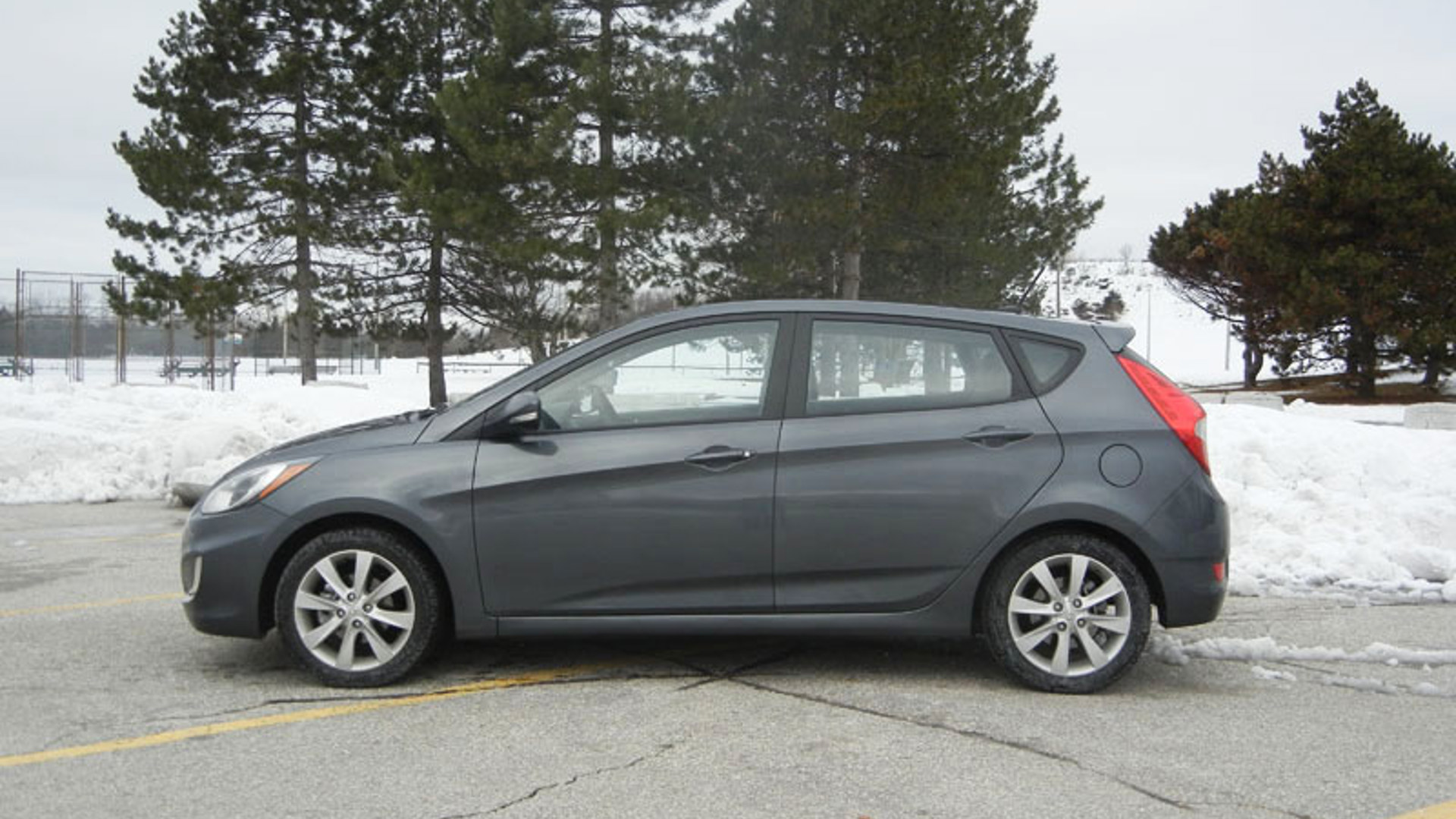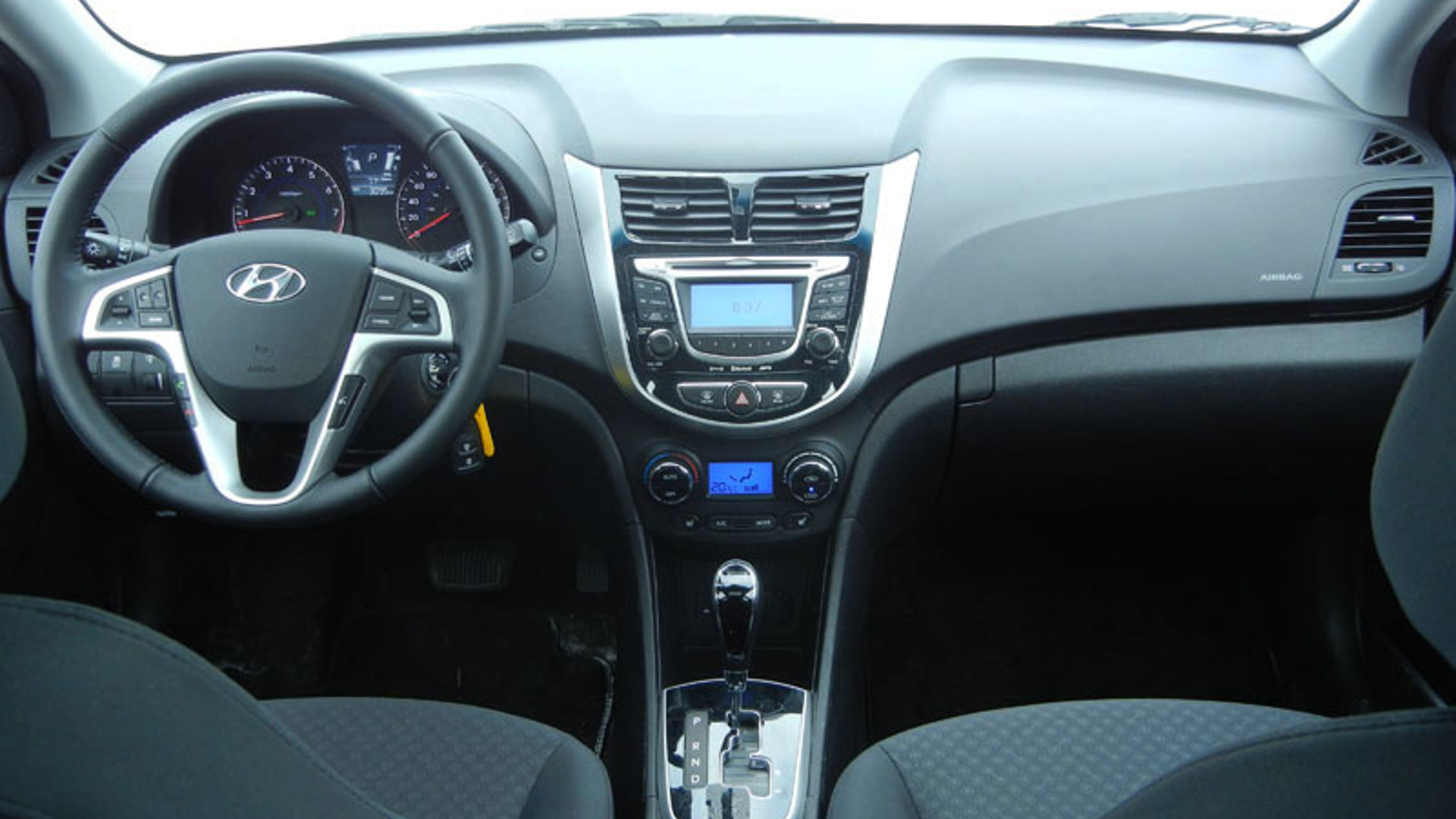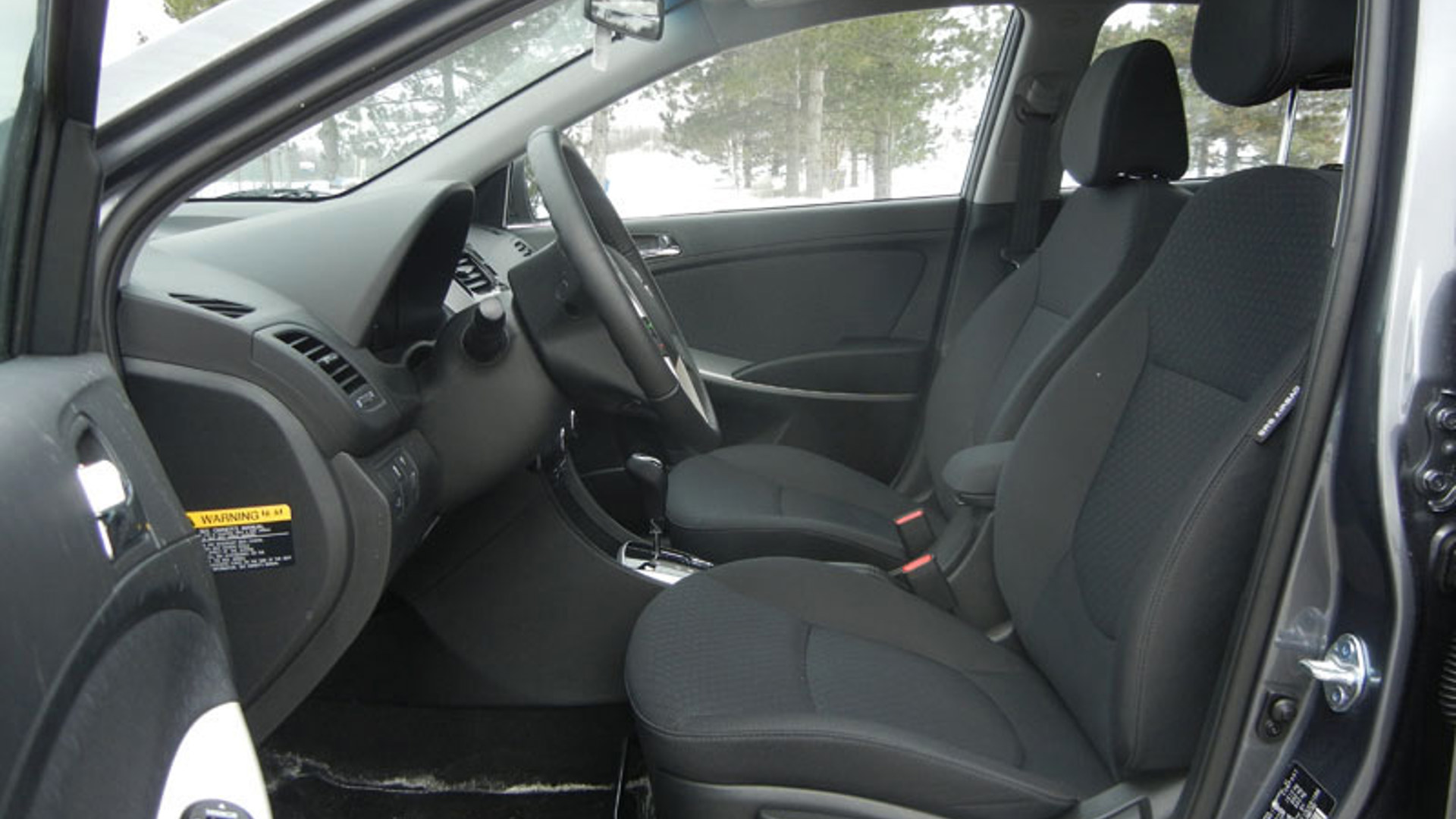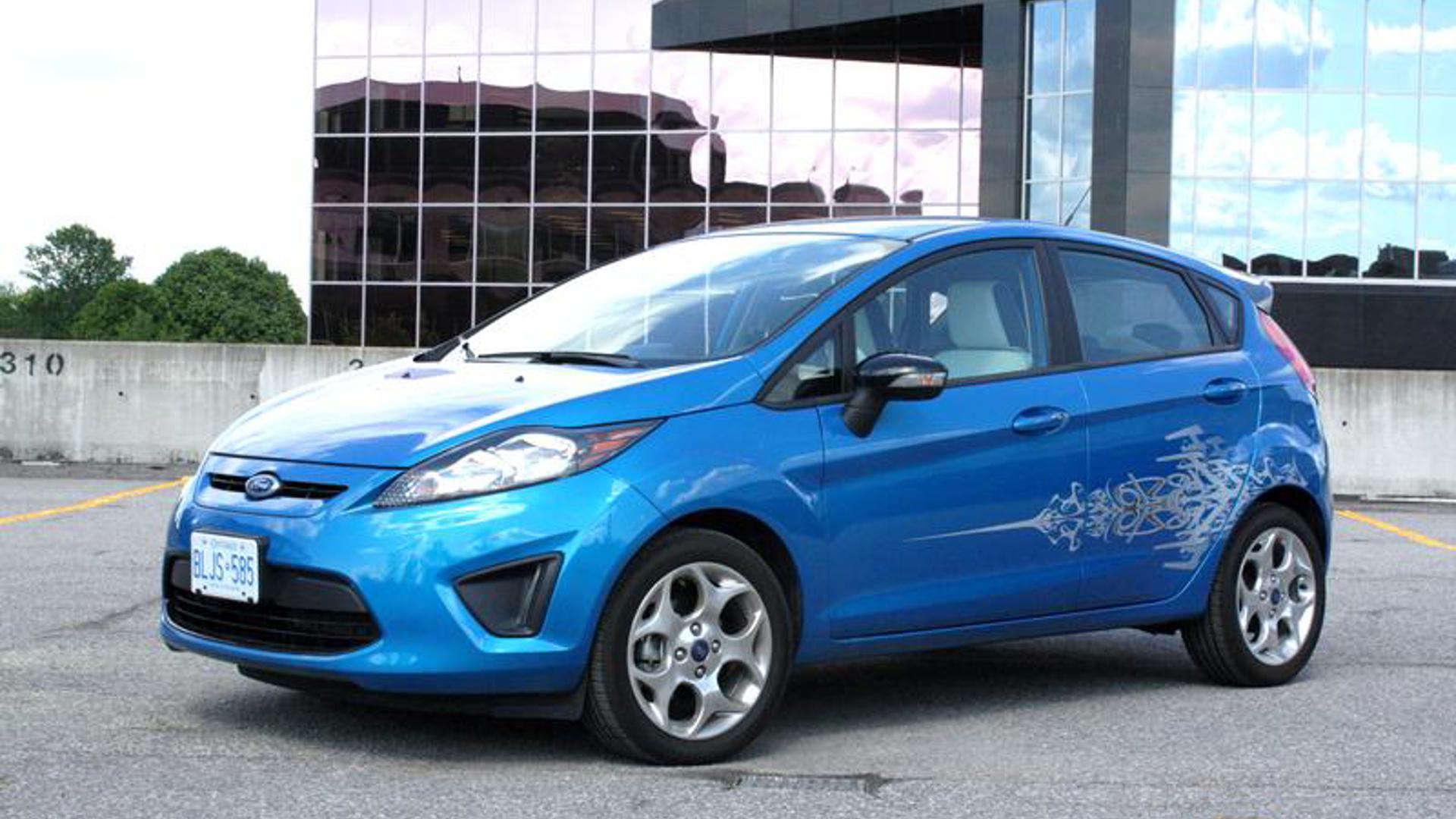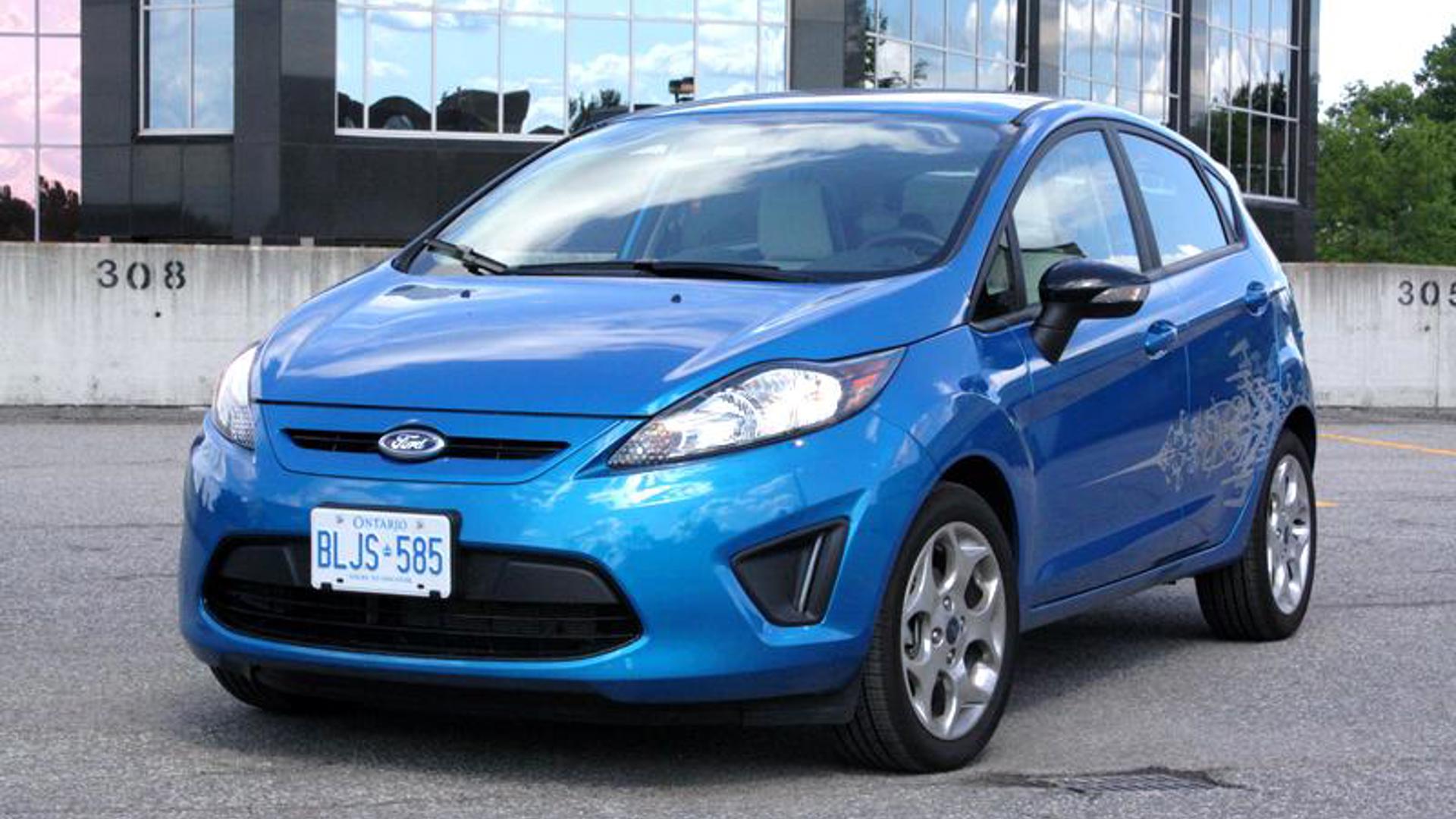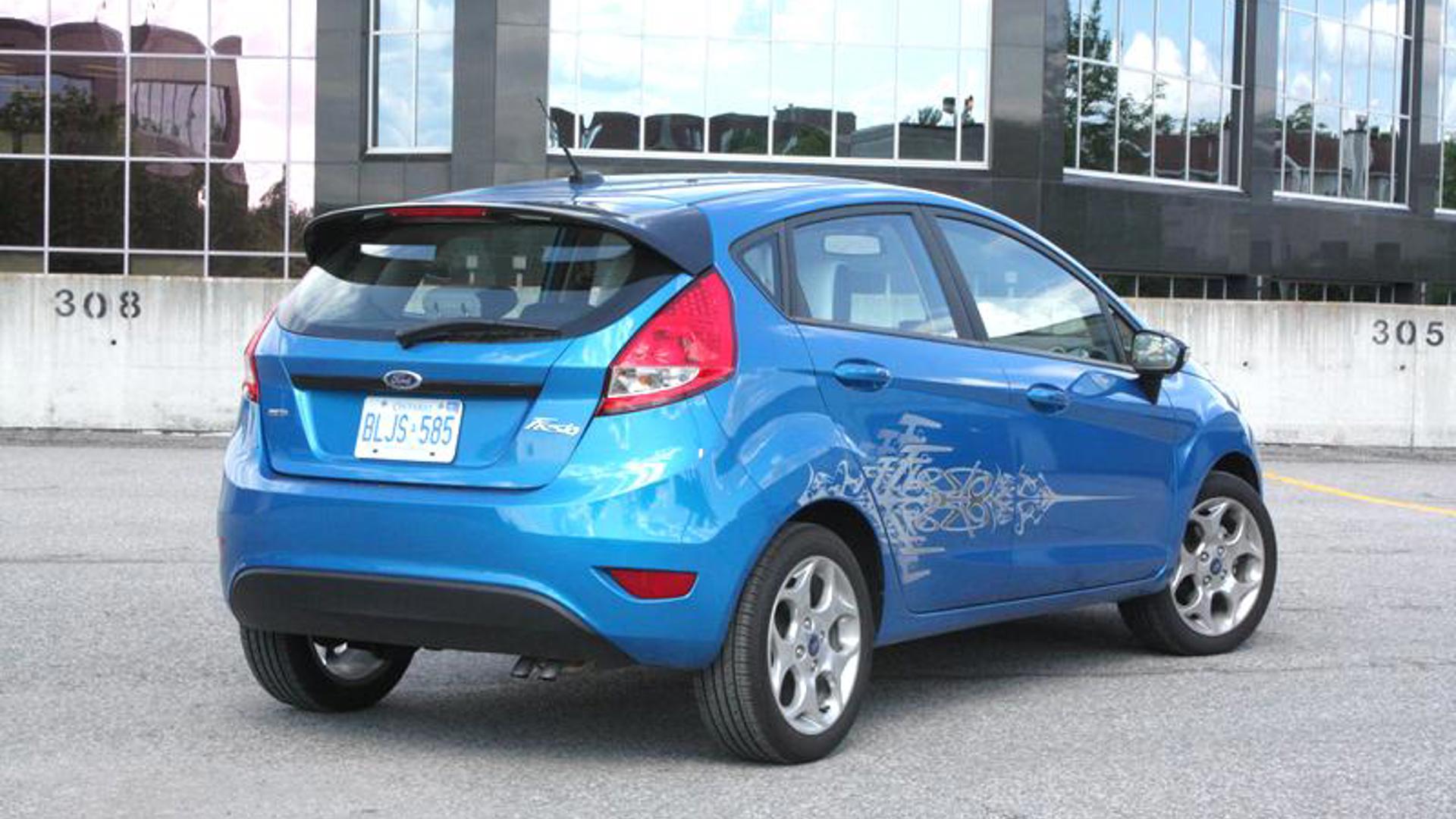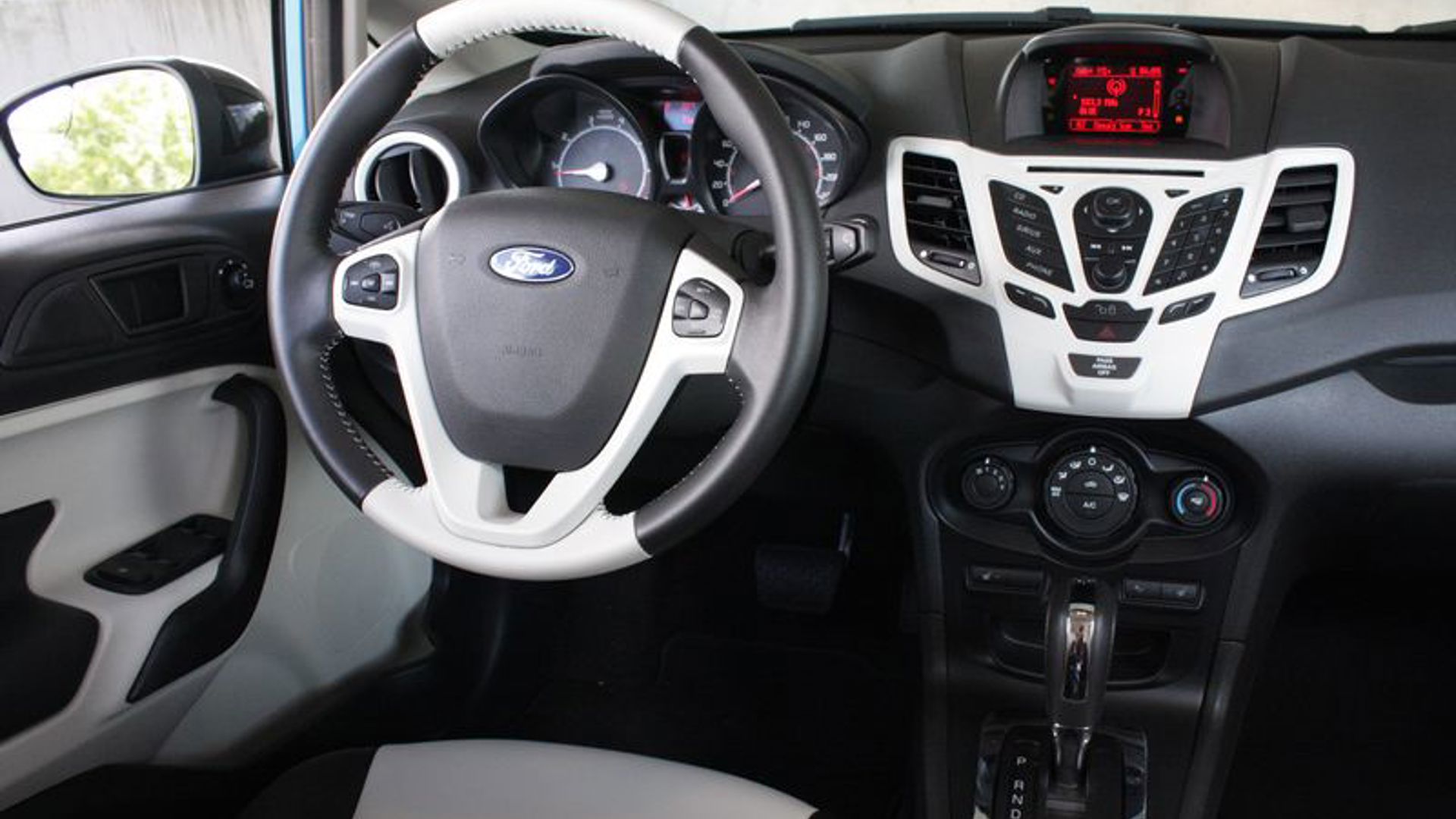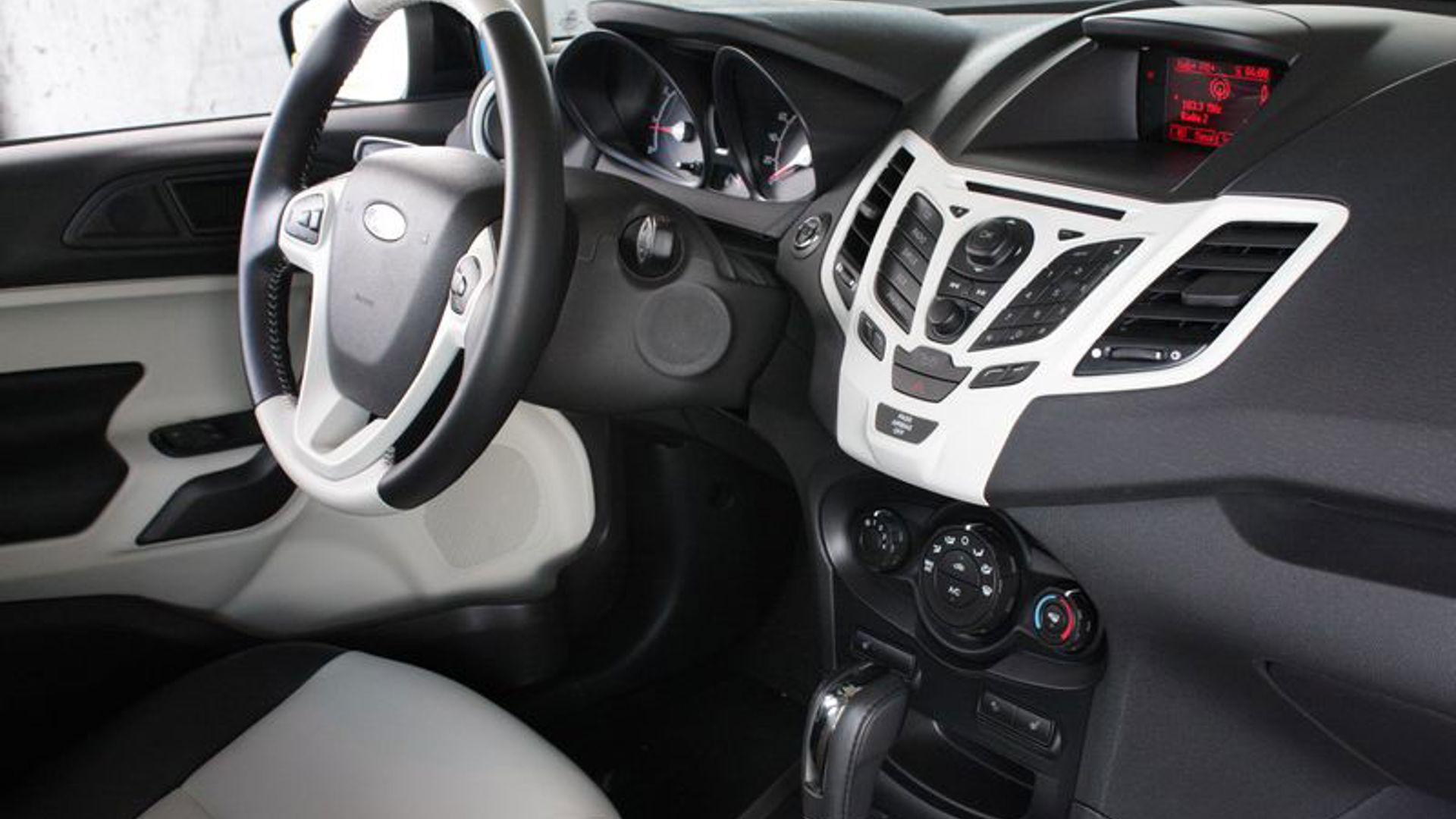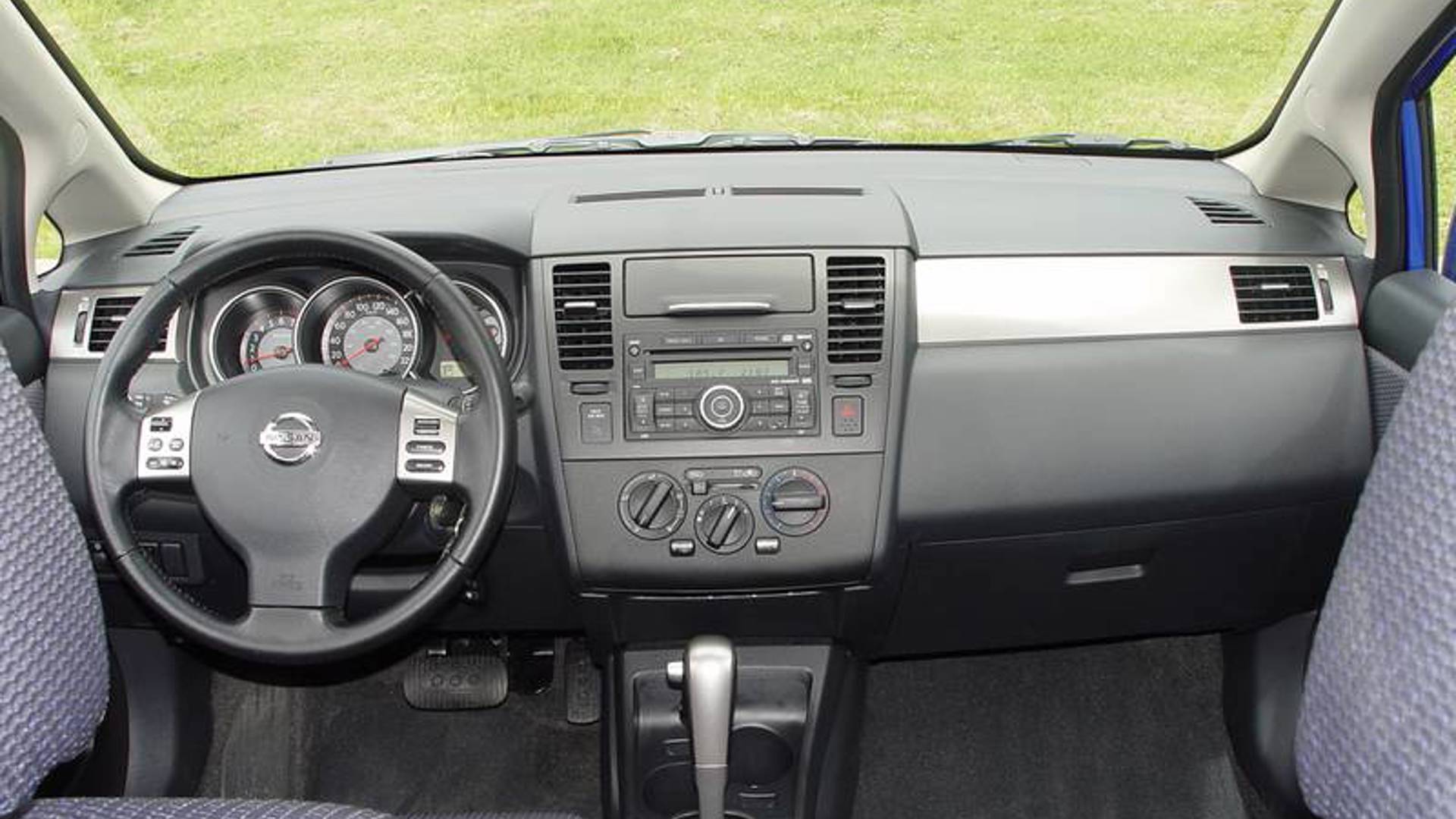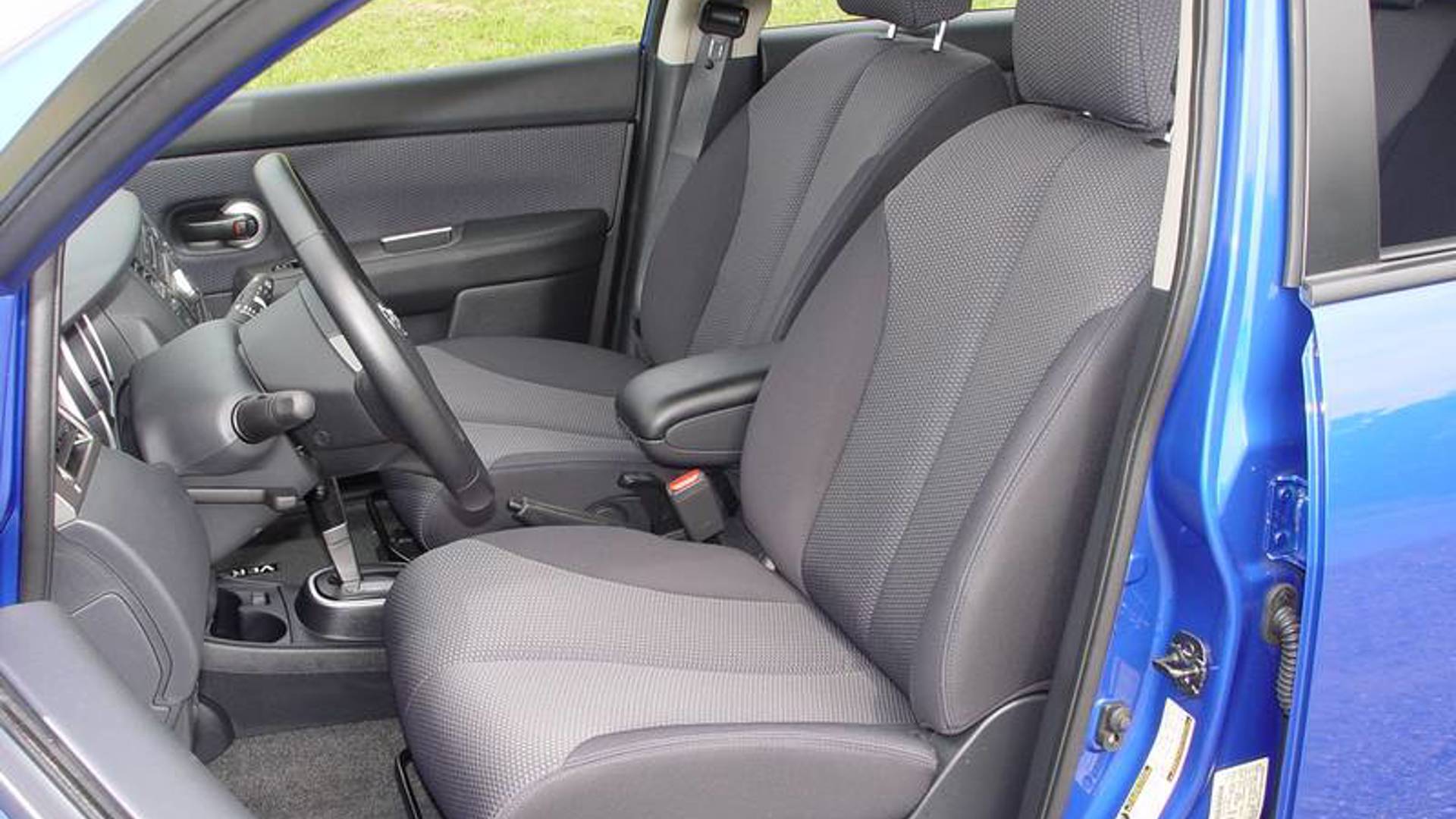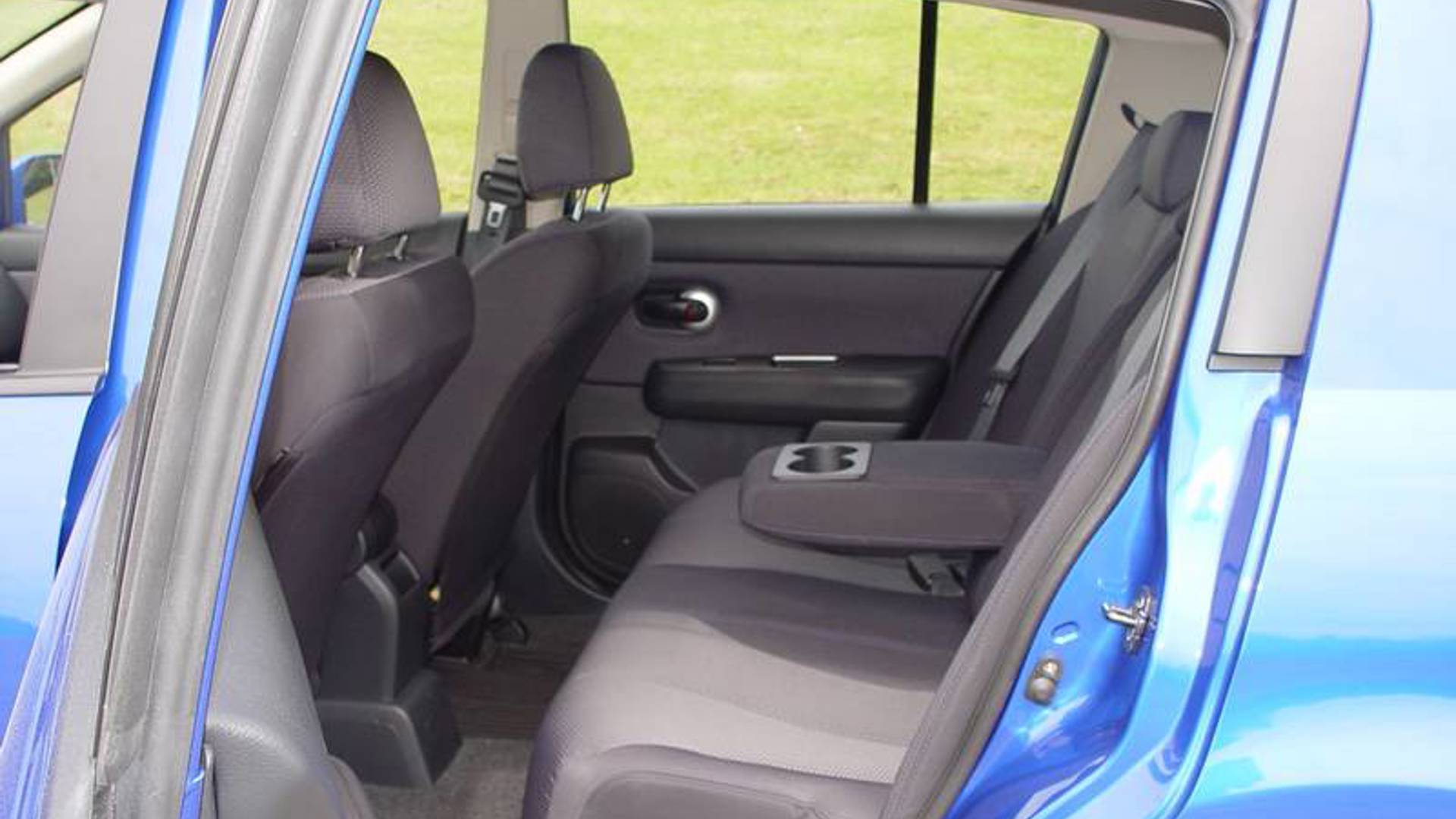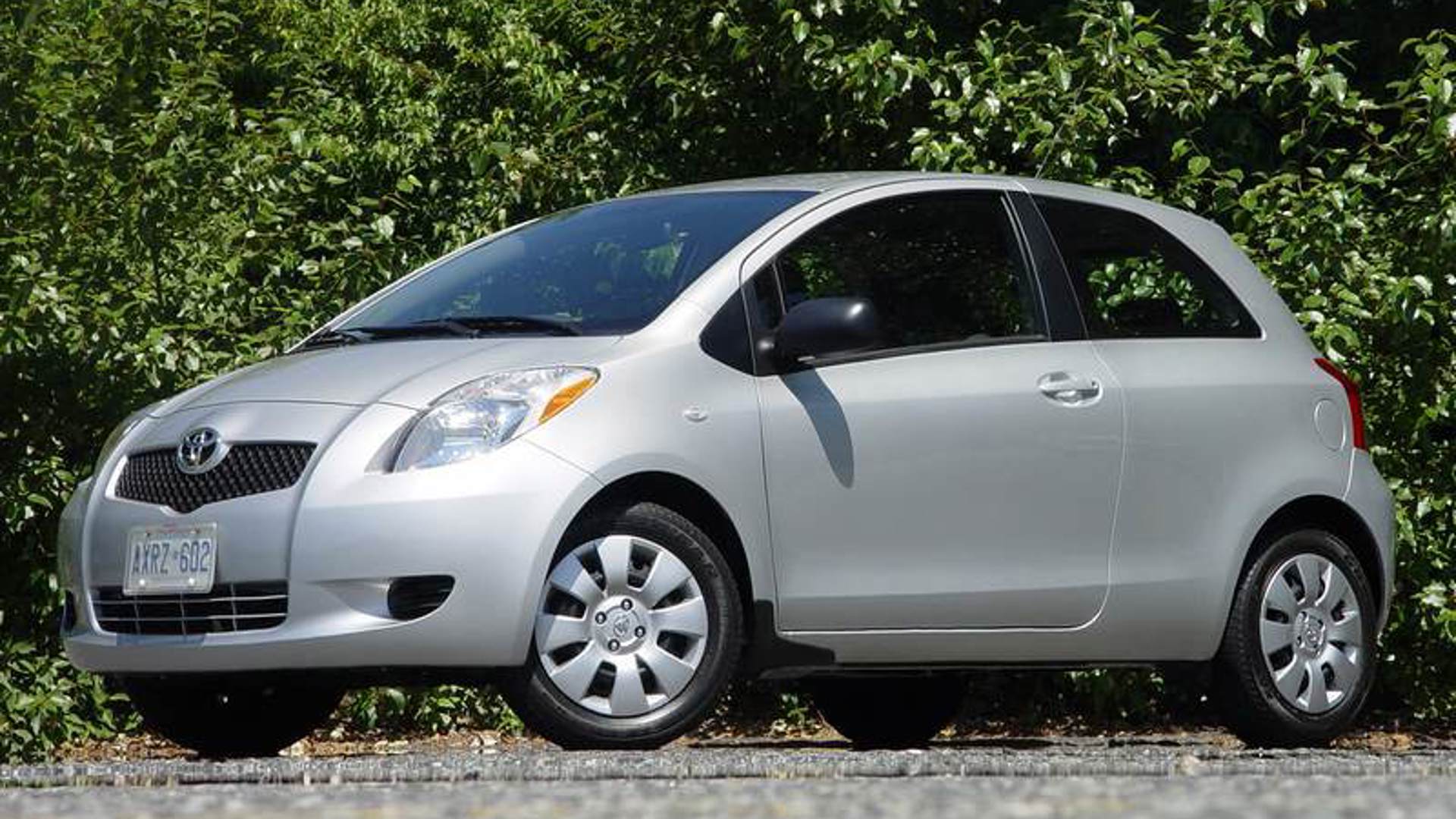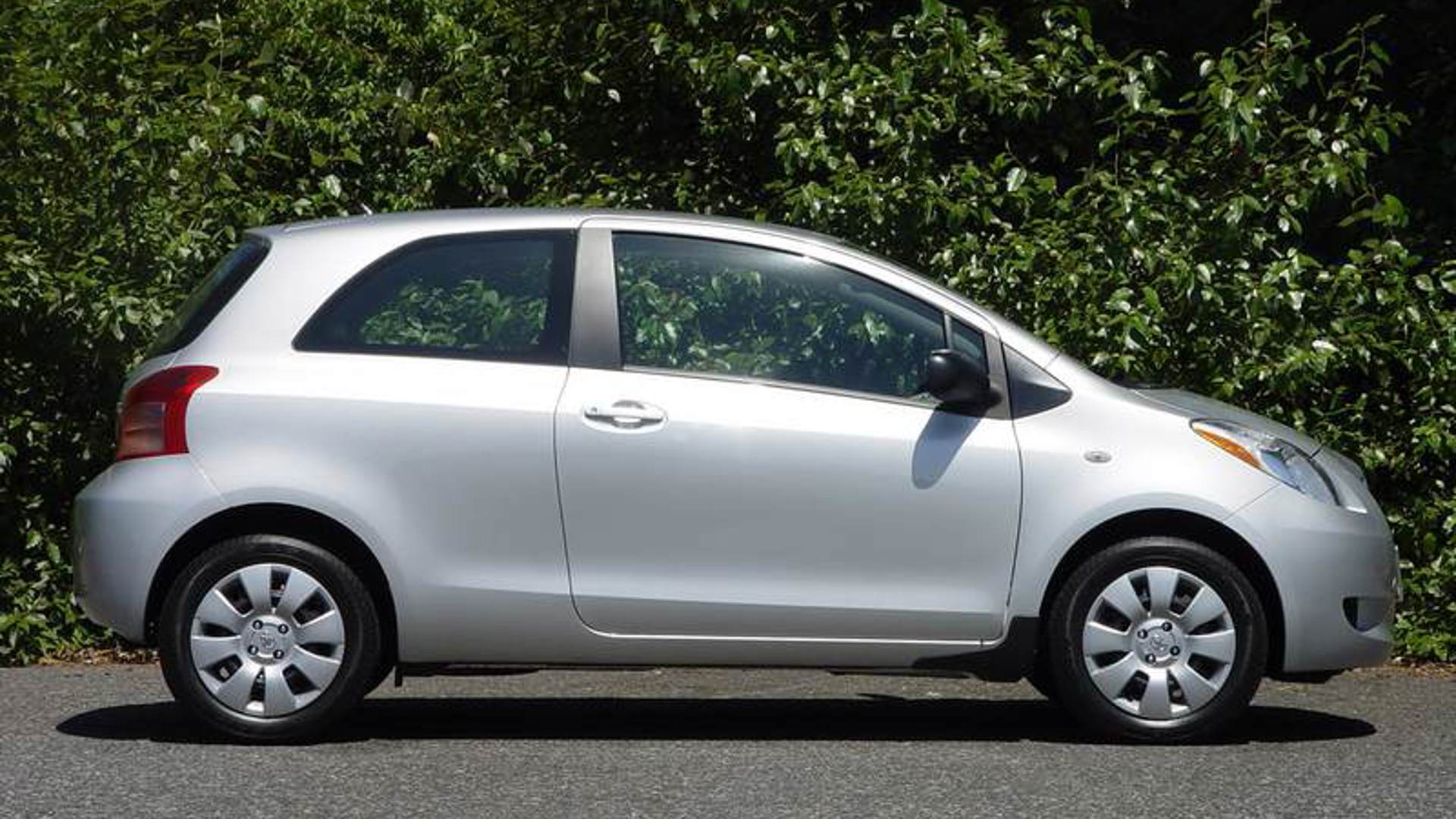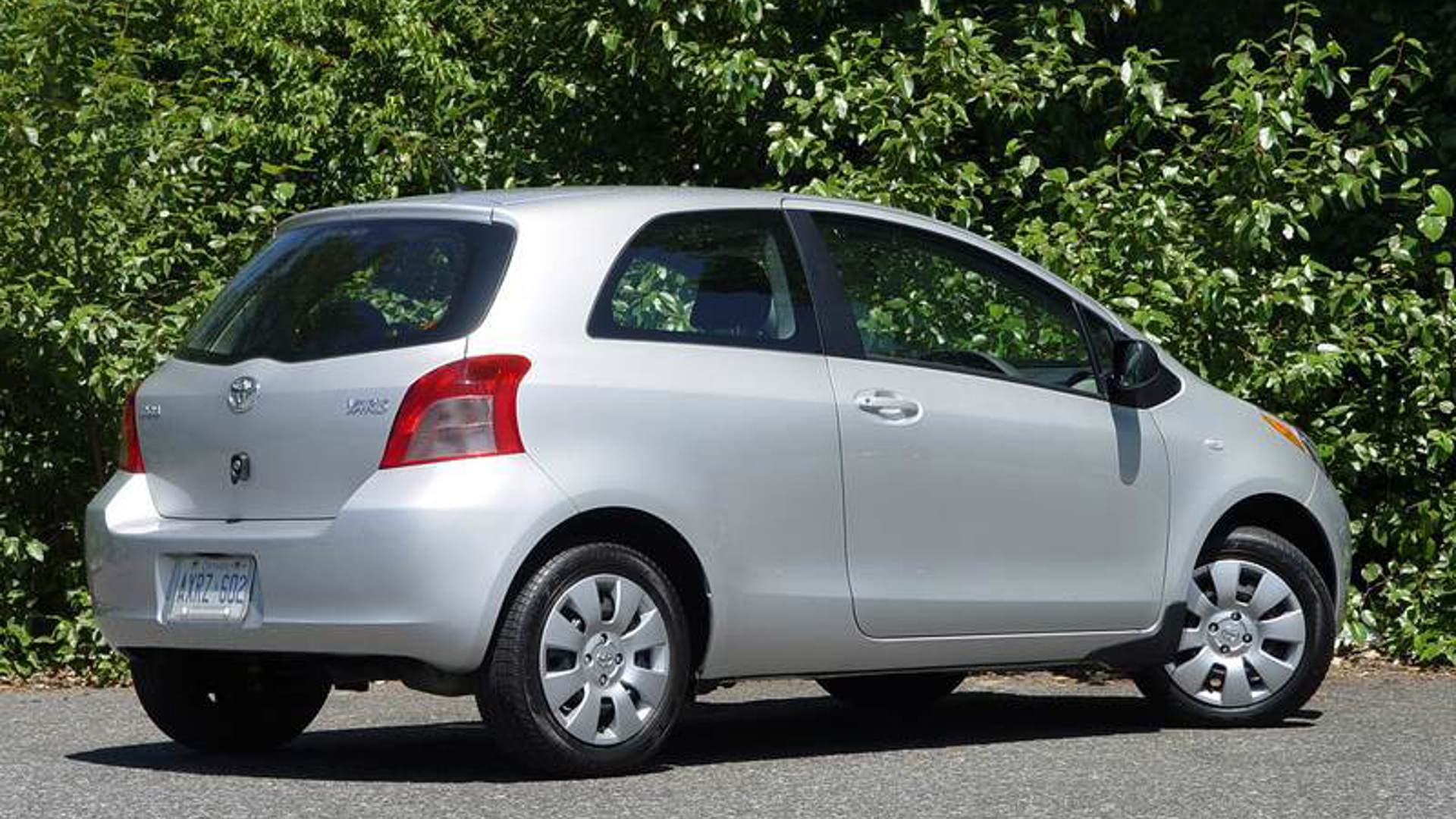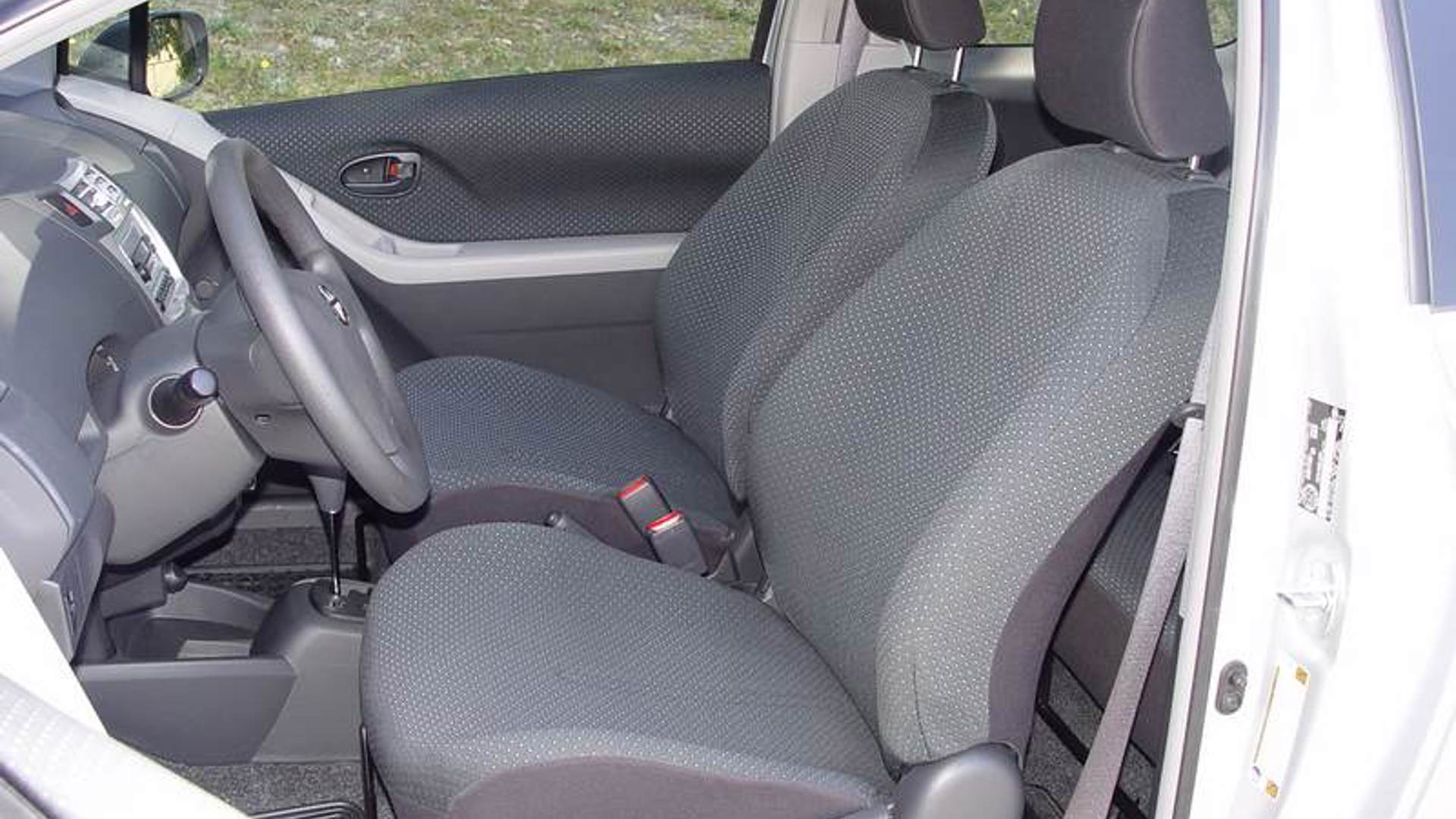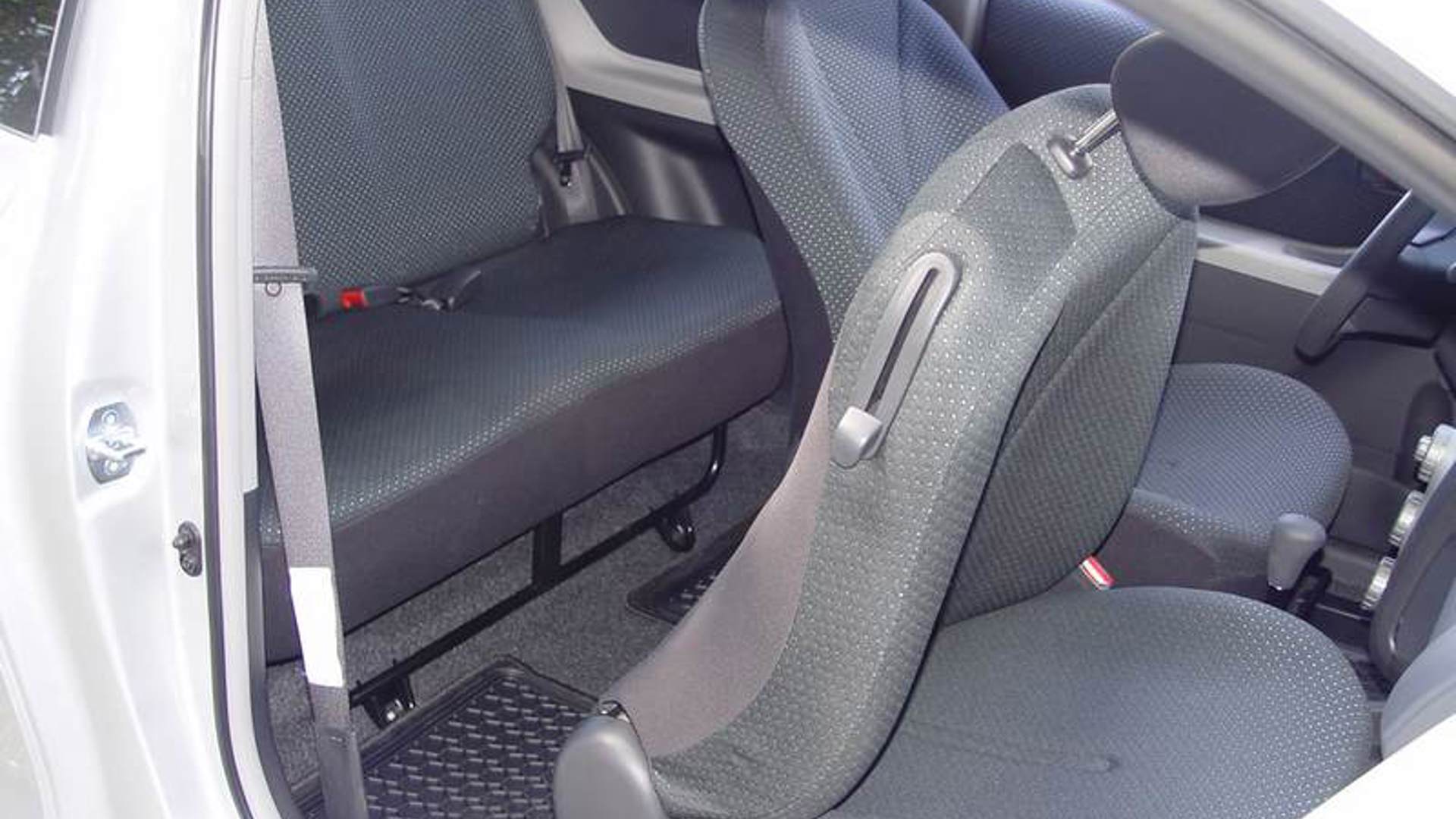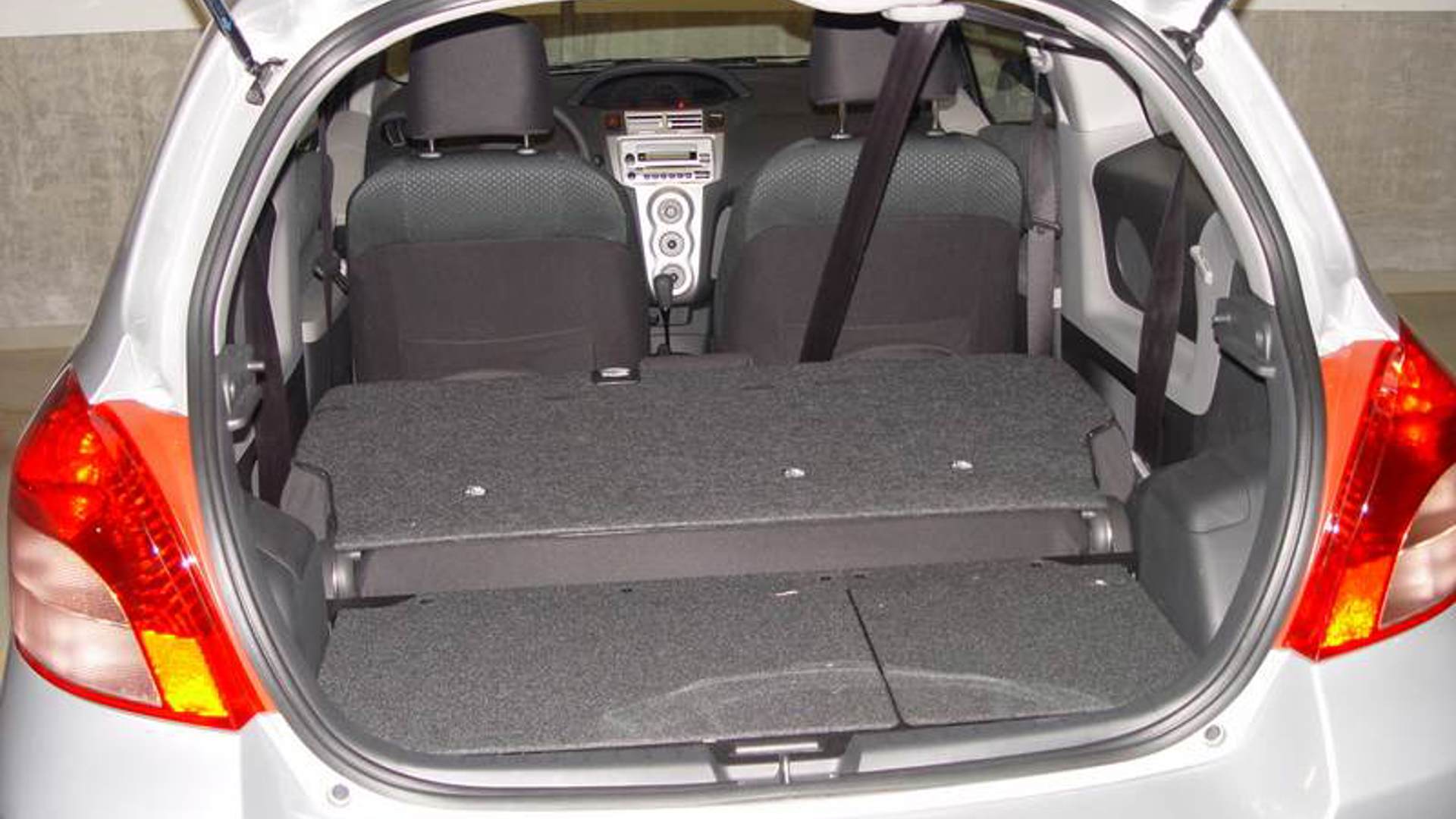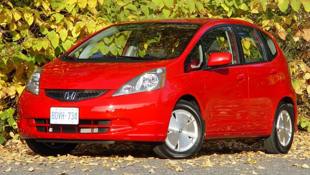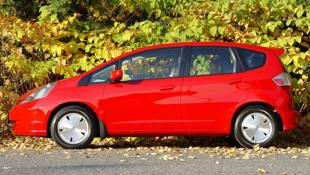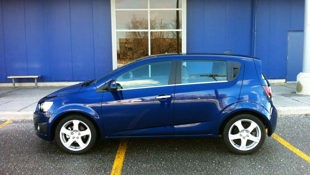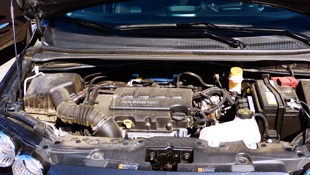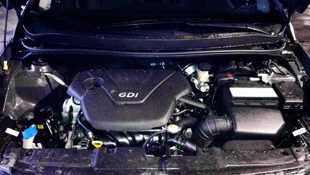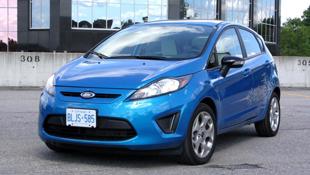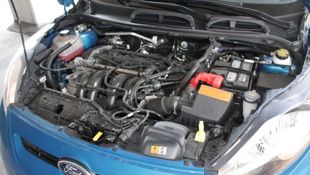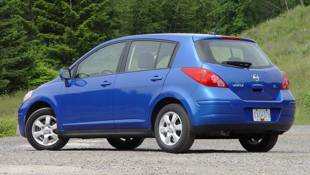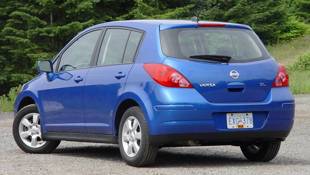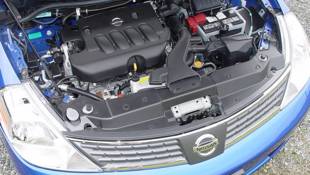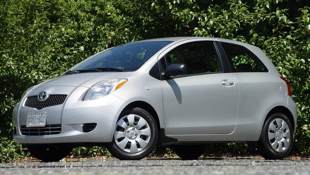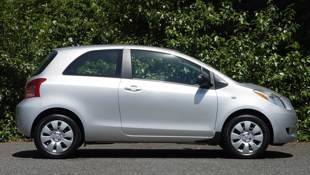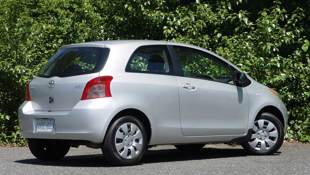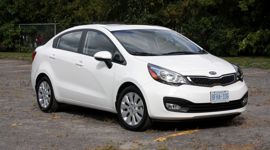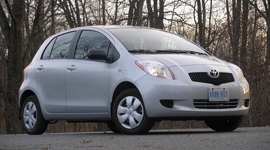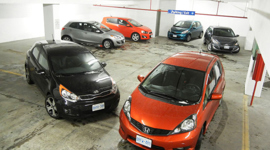Little cars are big-time popular with Canadians, and models that offer great efficiency and versatility in a small package are highly sought after in today’s world of high fuel prices and savvier-than-ever shoppers.
Find a healthy copy of one of the models below, and you’re on the road to high-efficiency flexibility, with money to spare.
Below, we’ll look at how some of Canada’s most popular small cars stack up as used buys, and some tips and checks to make of each, before you agree to buy. Find a healthy copy of one of the models below, and you’re on the road to high-efficiency flexibility, with money to spare.
And remember: with the largest archive of used car reviews on the web, our used car review section is your one-stop shop for pre-purchase information and advice, when considering any used ride.
2009–2013 Honda Fit
Why You Want One
The 2009–2013 Honda Fit packed plenty of room into a small footprint, came with a thrifty 1.5-litre engine, and had an upright driving position with headroom galore for even taller drivers. The rear Magic Seat system enabled added flexibility for cargo hauling duties, and in all, Fit makes a great used pick in a car that’s small in size, but enormous on space and headroom, with easy entry and exit.
Power windows and tilt/telescopic steering were standard on all models, and safety features were generous. Look for the Fit Sport if you’re after up-level looks and feature content. Owners tend to rave about flexibility and efficiency, but some wish for a quieter, smoother ride and more comfortable seating.
Important Checks
Check the used Fit’s body for signs of rust, peeling paint, or other damage to its finish. Front and rear bumper surfaces, as well as the lower, inner edges of the doors and tailgate should be inspected carefully. Ditto the lower edge of the rear quarter panels, just above the seam between them and the rear bumper. While inspecting the body, be sure to test, several times, that the rear hatchback release latch works as expected.
Under the hood, note that lazy power delivery, or sporadic performance, is a sign of possible coil-pack failure and may come with a stored “trouble code” in the engine’s computer, which a technician can scan for. Note that a stored trouble code may or may not cause a Check Engine light (CEL) to illuminate. Give the Fit a full-throttle run, confirming that it revs strongly well past 4,000 rpm. Any hesitation or struggling to achieve higher revs could indicate a problem with the VTEC solenoid, which will drastically reduce performance. This issue may or may not be accompanied by a CEL. Note that Fit uses a timing chain engine which typically doesn’t require timing belt replacements, provided the engine is maintained properly.
Finally, be on the lookout for any strange sensations, perhaps describable as a “notchy” feel, to the power steering system. If the power steering effort fluctuates as you turn the wheel, a bad Electronic Power Steering component could be to blame. If the steering system is acting up, it should be fairly obvious on a test drive, and may illuminate a warning light. Have this issue addressed as soon as possible, as it may affect safety.
Finally, run the Fit’s MagicSeat system through its paces, confirming that the seats flip and fold as outlined in the owner’s manual, and that the latches and other mechanisms within aren’t in need of repair.
2012–2016 Chevrolet Sonic
Why You Want One
The 2012–2016 Chevrolet Sonic was available in both traditional sedan and five-door hatchback configurations, and with a number of features and option packages for plenty of selection. Better-than-expected roominess was a key attribute, and headroom is highly rated too. Look for up-level features like remote start, heated seats, OnStar, and even in-car Wi-Fi on newer models.
Engines included a 1.8-litre four-cylinder or a 1.4-litre four-cylinder with turbocharger, and a generous warranty adds confidence to the purchase of a newer, lower-mileage unit. Top-line models like the LTZ and RS added all of the goodies, and some additional sporty flair, respectively. Owners love a modern design, refined driveline, and good ride quality, though some wish for a more logical control to the placement of some on-board controls, as well as a covered centre console.
Important Checks
If you’re test-driving a model with the 1.4-litre turbo engine, insist on arriving for your test drive when the car hasn’t been driven for a few hours, and carefully touch the engine or exhaust pipe to confirm that they’re cold and that the vehicle hasn’t been driven recently. Then, confirm that the engine coolant is full and fresh, and check the area immediately beneath the vehicle for signs of a coolant leak that’s often a precursor to water pump failure. This issue seems most prevalent on earlier copies of the Sonic, and exclusively those with the turbo engine. Most owners who have experienced water pump failure have had the issue remedied under warranty. The model you’re considering may also have an extended warranty on this component. Ask your dealer service advisor for more details.
Coolant loss can also affect the effectiveness of the Sonic’s heater system, so confirm that hot air is pumped into the cabin quickly when requested. If that’s not the case, low coolant levels may be to blame.
Note that some models with the 1.8-litre engine may experience an oil leak from an oil pressure switch in extreme cold. On a pre-purchase inspection, ask a technician to check for signs of oil leaks from this component, noting that it’s not typically an expensive part to replace, should it begin leaking later. This component is also covered by warranty, if applicable.
Less-than-stellar durability from front suspension components like sway-bar links mean that, even at lower mileage, Sonic buyers should listen closely for signs of unwelcome popping, clunking or slamming noises from beneath the car, particularly on rougher roads. If you note any, ask your local dealer service department about “Recall #12172”, and see if the vehicle you’re considering qualifies for free replacement of this part.
Rough or clumsy shifting from the manual transmission may be signs of the need to adjust, lubricate, or replace the shifter cable. Shoppers should also check front footwell carpeting for signs of moisture, which could indicate a leaky air conditioning drain or bad body seal.
2012–2015 Hyundai Accent / 2012–2016 Kia Rio
Why You Want One
We’ll cover these two models in a single heading, as they’re corporate twins that share many important components. Look for both models in sedan or hatchback configurations, and with a high-tech 1.6 litre direct-injected four-cylinder engine under the hood. Headroom and driving dynamics hit above their weight, and feature content may include automatic climate control, push-button start, a sunroof, a heated steering wheel, and more – depending on the year and model. Both are rated highly by owners for design, a thoughtful layout, and feature content bang for the buck, though some owners gripe about tight rear seat space, a rough ride on some roads, and poor headlight performance.
Important Checks
Inspect the headlights on any used model you’re considering. Though complaints about poor headlight performance are more common with the Accent, any damage, fogginess, haziness, or other issues with headlight housings may reduce light output even further. Ensure your used Accent or Rio’s headlight housings are in tip-top shape, and consider a headlight bulb upgrade.
With all accessories turned off, rev the engine gently as it idles, both when starting it cold and after your test drive when it’s hot. If you hear a muted squealing or chirping sound, the unit in question is likely in need of a new accessory belt, which isn’t a big deal.
Inspect the tires and brakes for signs of excessive wear, having a mechanic take a look if you’re not sure how. As some owners have reported less-than-stellar life from the brakes and tires, a good practice is to approach any used copy assuming it’ll need replacement tires and a brake job, until you confirm otherwise.
Other checks should include confirming proper operation of all window switches, door latches, locks, and the tailgate or trunk release latch. Further, confirm that the A/C system pumps cool air into the cabin within seconds of being turned on, noting that any failure to do so may be the result of a clogged cabin air filter. This component needs to be replaced occasionally, though many owners don’t know it.
A final note: as the Accent and Rio run a gasoline direct-injection (GDI) engine, shoppers are advised to only refuel with high-quality fuel from reputable gas stations, to stay on top of any fuel system cleaning maintenance outlined in their owner’s manual, and to have spark plugs changed at, or preferably before, their recommended service intervals. Following these steps may help fend off valve gunk buildup that is commonly reported with this type of engine.
2011–2016 Ford Fiesta
Why You Want One
Like its competitors, Fiesta could be had in sedan or hatchback configurations, and boasted great fuel efficiency, plenty of modern feature content touches, and was rated highly for offering fun-to-drive handling in a cheap and cheerful little car. Look for an SEL model if you’re after all the toys. Most used models will come with a 1.6-litre four-cylinder engine, with about 120 horsepower.
Feature content included the EasyFuel cap-less refueling system, Bluetooth, Ford Sync, USB audio inputs, ambient interior mood lighting, and more. Owners say the Fiesta has an attractive cabin and feels solid and well-built, though some wish for stronger acceleration, and a little more room on board.
Important Checks
Start on board, confirming proper operation of the Ford Sync system, and all steering-wheel mounted controls. If the system feels laggy, chokes, or crashes, a hard reset, or updated software may be the fix. If not, the Sync head-unit may need replacement. Note that software updates are vital in ensuring the Sync system operates with minimal problems, and that any non-functional steering-wheel-mounted controls may be the result of a bad clock spring, which is an electrical connector built into the steering wheel.
Be on the lookout for unwelcomed suspension noises as you travel over a variety of surfaces at a variety of speeds, noting that clunking, banging, popping or snapping sounds from beneath the vehicle as it drives around are all signs that one or more suspension components is in need of attention or replacement. Check the Fiesta’s tires for signs of uneven wear across their treads, too, which could indicate a problem with the vehicle’s alignment.
Carefully check the seats for signs of premature wear, or abrasion of the seating material. Some owners have reported premature ripping and tearing of the Fiesta’s seats, or even the formation of uncomfortable indentations in the seats, after just a few years of use.
Finally, check all keyfobs, door locks and latches, and power window switches for proper operation.
2007–2013 Nissan Versa Hatch
Why You Want One
The 2007–2013 Nissan Versa Hatch is another top pick when priorities include higher-than-average levels of on-board space, feature content, and fuel efficiency. A bigger-than-it-looks cabin with 2,682 litres of interior volume added versatility, and headroom was highly rated. Versa Hatch might be this list’s most ideal pick if you’ll frequently travel with a full complement of full-grown passengers. Look for a 122 hp engine, and feature content including an intelligent key system, Bluetooth, Sport Package, and more. Owners tend to rave about all aspects of space and flexibility, though some wish for a little more fun factor dialled into the way it drives.
Important Checks
Nissan Versa’s automatic transmission option from this generation was a continuously variable transmission, or CVT. If the unit you’re considering runs this transmission, assume that it’s overdue for a fluid change until you see service records indicating otherwise. Shoppers are advised to avoid a used Versa Hatch that’s had its transmission fluid changes stretched, as failure to properly maintain this component can cause problems. Note, too, that any servicing of the Versa Hatch CVT transmission should be carried out by a Nissan dealer only. Any unwelcome sounds or sensations from the transmission at light, moderate, and heavy throttle need to be investigated before you purchase, and may be a good reason to move to another candidate. Difficulty or a hesitation when switching from reverse to drive can be another trouble sign.
Though rare, some owners have reported piston-slap during cold start-up in winter, as well as potential oil burning, as a precursor to engine failure. These issues seem to have affected only a small handful of units, though shoppers are still advised to ensure the Versa Hatch they’re considering sounds healthy at idle with the hood popped, that it performs smoothly, and doesn’t make any unwelcome noises. A mechanic can help here, too.
Though most copies of the used Versa Note look to be solid from a reliability standpoint, shoppers are still advised to have the suspension and brakes checked by a professional before they agree to purchase, for maximum peace of mind.
2006–2011 Toyota Yaris
Why You Want One
The Yaris replaced the Echo in Toyota’s lineup when it launched for 2006, and was a staple of the Japanese automaker’s Canadian lineup. Feature content included traction control, stability control, ABS brakes, air conditioning, heated mirrors, cruise control, and full power accessories – depending on the year and model in question.
The Yaris CE was the entry-level unit, with Yaris LE or RS representing higher-end models. Both sedan and hatchback variants were available, and all units ran a 1.5-litre four-cylinder with about 110 horsepower. Brand reputation, manoeuvrability, and fun-to-drive handling were all rated highly by owners, though some wish for a more planted feel when driving in bad weather, and many are undecided on Yaris’s centre-mounted instrument cluster.
Important Checks
Thinking of a used Yaris? Think “paint wear”. Paint and finish condition is affected by numerous factors, including the maintenance and care provided by former owners, though many have reported poor durability from the Yaris’s paint, with peeling, flaking and chipping often leaving the finish looking badly aged after just a few years.
Assume the Yaris you’re considering needs replacement stereo speakers until you confirm otherwise, trying the stereo at low to moderate volume and confirming that the speakers aren’t hissing, buzzing, or non-functional.
Manual transmission models that squeak during gearshifts typically just need a little lubrication to the shifter linkage, which is about a 30-second job with a $3 can of white grease.
Confirm Yaris’s air-conditioning system works as expected, blowing cold air within seconds of being turned on. If not, have a mechanic check the system out, noting that the A/C system’s computer brain may be acting up, or may be in need of replacement.
A used Yaris should also be inspected for signs of coolant leaks, as many owners have reported premature water-pump failure that’s typically evidenced by a leak, before the pump fails outright. Note that higher-mileage units may be on their second or third water pump, as this part has a lifespan.
Other checks are par for the course with small cars: assume the suspension, brakes, and tires are in need of attention until you or a mechanic confirms otherwise, for maximum peace of mind.

